It's nice not to be locked in just one brand and product bubble and to look around here and there to see what we, Apple users, can find with the competition. It's not usually something we'd want to trade our iPhones for, but there's one product that does have potential. This is the Samsung Galaxy Z Flip4, which I have been testing for some time now, and here you will find out what a long-time user of Apple products has to say about it.
So when I say there is one product, of course Samsung has two foldable/flexible phones. The second one is the Galaxy Z Flip4, which we already wrote about and which is true that it is after all a "regular" phone offering a unique design. But the Galaxy Z Fold4 is different, and it's also about something very different. It combines a smartphone and a tablet in one, and that is its advantage and disadvantage at the same time.
It could be interest you
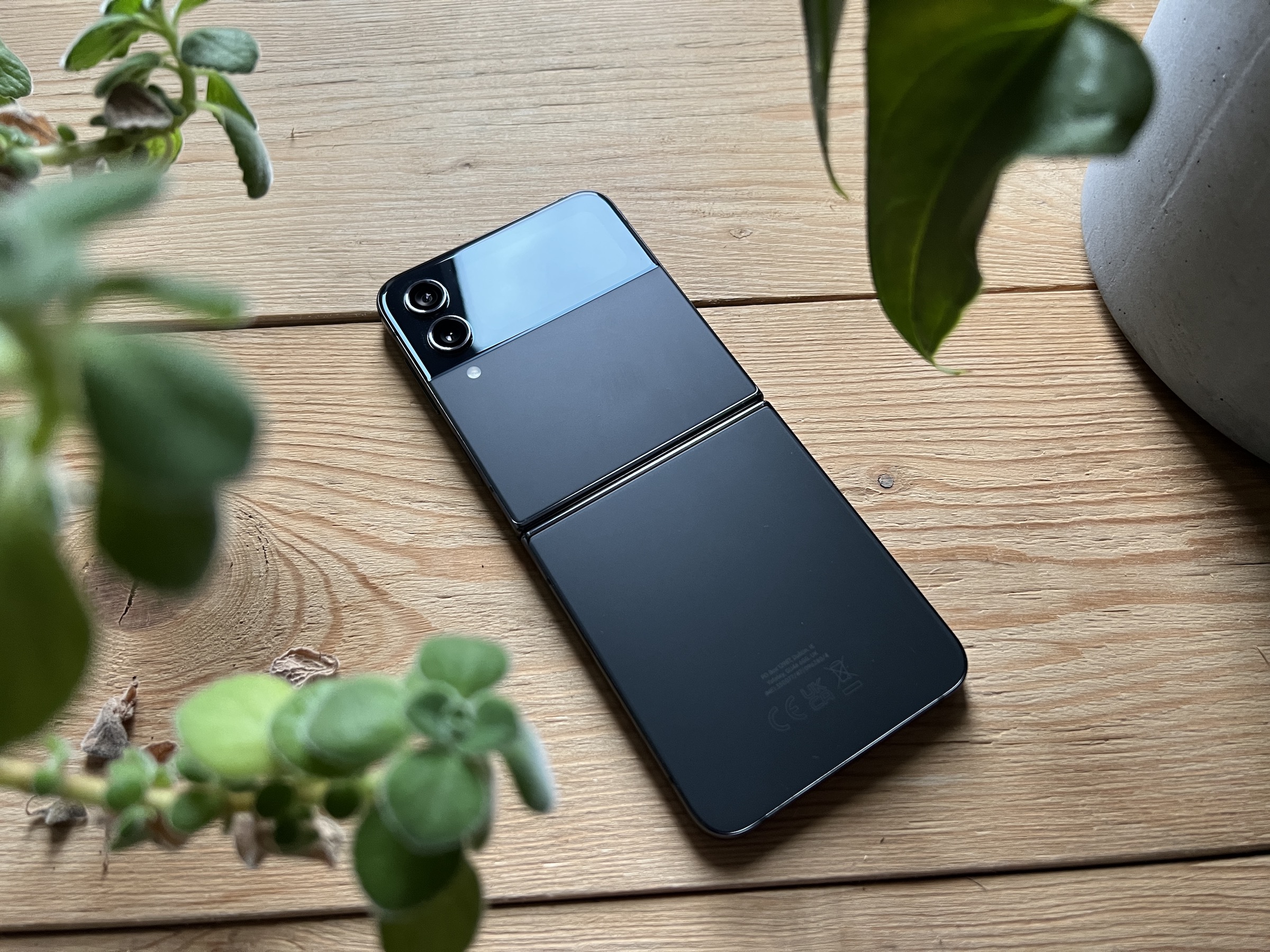
There is a groove here too, there is a foil here too
You may have different opinions on flexible phones. But if you approach them without bias, you cannot deny them a clear invention. Samsung has gone in the direction that the main display is always inside the device. This has clear limitations. It is, of course, the groove in the middle of the display, which is given by technology and we will not do anything about it yet. If it doesn't matter so much with the Flip, it's worse with the Fold. Both devices provide a different interaction, where you slide your finger over it more often on the Fold than on the other mentioned phone. But can you get used to it?
The Fold has the advantage of having two full-sized displays. The outer one behaves like a standard smartphone, the inner one more like a standard tablet. So, if you need to operate basic things, you don't have to open the device and you have enough space on the 6,2" display, without restriction, even if in a somewhat atypical aspect ratio. If you want more, there's a 7,6" internal display for a wider spread of your fingers or the S Pen.
The much-criticized cover film doesn't matter too much, because it's less noticeable than the Flip, which is also to blame for the selfie camera under the display. Yes, it is only up to the number, but it is enough for video calls. The system rotates according to how you turn the device, so the groove can be both vertical and horizontal, and it's up to you how you like the display more. Personally, I prefer the horizontal display, because the longitudinal groove better separates the upper half from the lower, but when multitasking multiple windows, it is better to use the second one, when you have one application on the left and the other on the right. In this use, this element does not irritate you in any way, it only annoys you when displaying content over the entire screen, or when working with the S Pen, when it is really not for precise drawing. However, it cannot be said that it would be somehow limiting. So yes, you get used to it.
It could be interest you
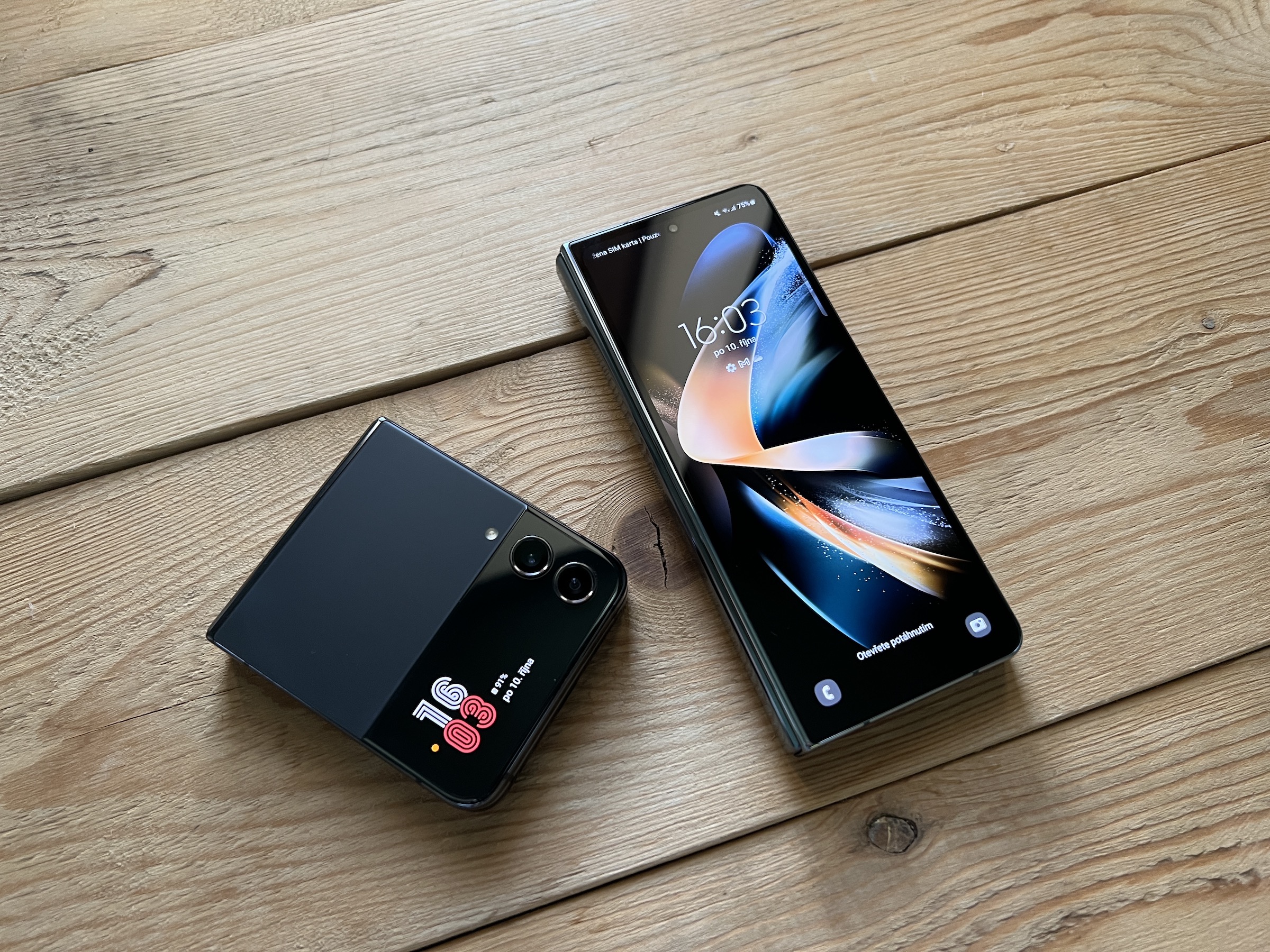
Universal cameras
Because the Fold4 has a main lens from the Galaxy S22 series, it's one of the best you'll find in a Samsung phone. It's not the best camera phone, that's not the point here, it's about the versatility that the device provides thanks to the telephoto lens and the ultra-wide-angle lens. For that, there is a fun Flex mode. It's a shame about the large photo module, which after all makes working with the phone on a flat surface very "wobbly".
Galaxy Z Fold4 Camera Specifications:
- Wide angle: 50MPx, f/1,8, 23mm, Dual Pixel PDAF and OIS
- Ultra wide angle: 12MPx, 12mm, 123 degrees, f/2,2
- Telephoto lens: 10 MPx, f/2,4, 66 mm, PDAF, OIS, 3x optical zoom
- Front camera: 10MP, f/2,2, 24mm
- Sub-display camera: 4MP, f/1,8, 26mm
The thickness doesn't really matter
Many people deal with the thickness of the device, and I was one of them. It must be said here that anyone who does not put the Fold4 in their pocket will consider it a large and heavy device. But compared to the iPhone 14 Pro Max, it is only 23 g heavier, and even if it is noticeably thicker (it is 15,8 mm at the hinge), it is not a problem in the pocket at all. In the closed state, it is much narrower (67,1 mm vs. 77,6 mm), which is, paradoxically, a more fundamental dimension. So whether you're walking or sitting, it's perfectly fine.
What's worse is the appearance of the device when closed. The display does not fit together and an unsightly gap is created between its halves. Samsung still needs to work on this until next time. If the two halves stuck together nicely, it would clearly be a more elegant solution, and the company would take away at least one element intended for clear mockery from all the haters.
A 4mAh battery is not much when Samsung puts a 400mAh battery in the mid-range Galaxy A range. Here, in addition, it has to support two displays, i.e. actually a phone and a tablet. Of course you will give that day, but don't count on more. But it is a necessary compromise when the battery had to give way to slimming and technology.
It could be interest you
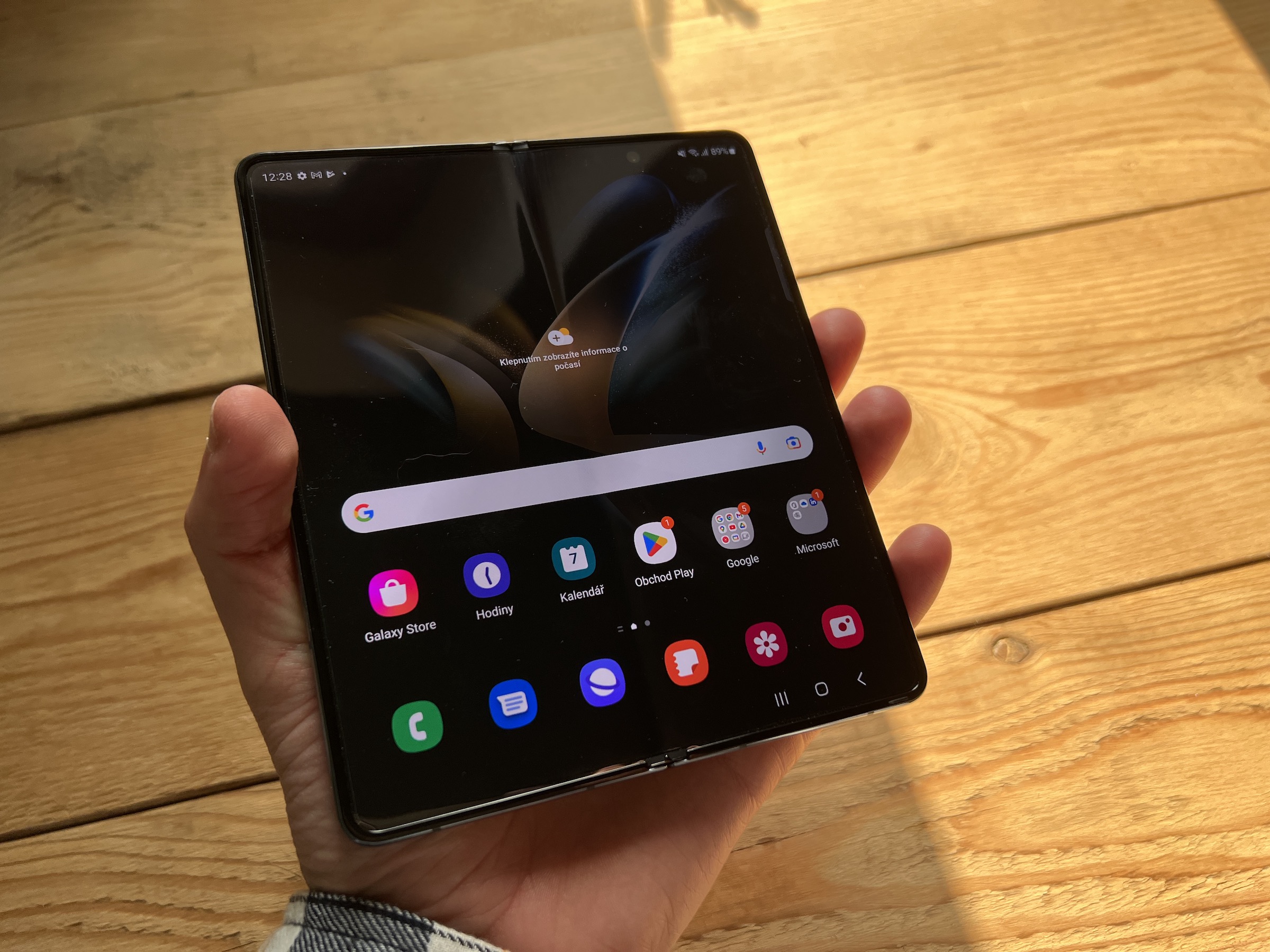
Will it attract Apple users?
Apple users probably don't have very many reasons to switch to the Fold4, especially if they own a 6,1" iPhone and a basic iPad, when they have two full-fledged devices that are more or less the same price as the Fold4. They have better distributed battery and usage. On the other hand, it is clear that the Fold can handle more work in a more compact design than each of these devices separately. One UI 4.1.1 accompanied by Android 12 works very well and the new taskbar is great for multitasking.
But then there are users who don't consider the Apple ecosystem as much as others, and this device can really appeal to them even though it has Android, which many in the Apple world can't get their head around. But it's difficult when there is nothing else but iOS and Android in particular. If we leave aside the construction, which is still given by technological limitations, there is simply not much to criticize.
 Adam Kos
Adam Kos 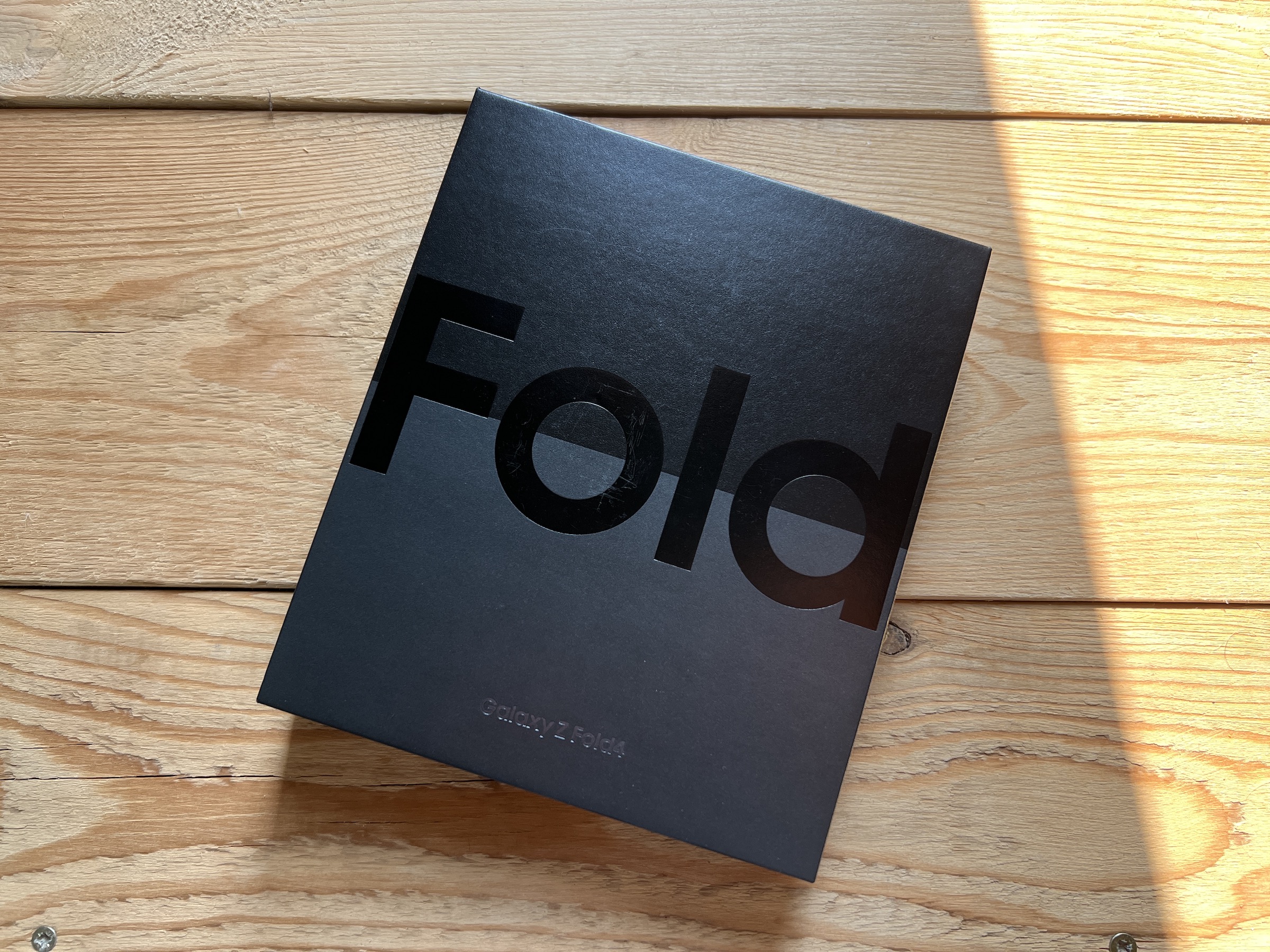
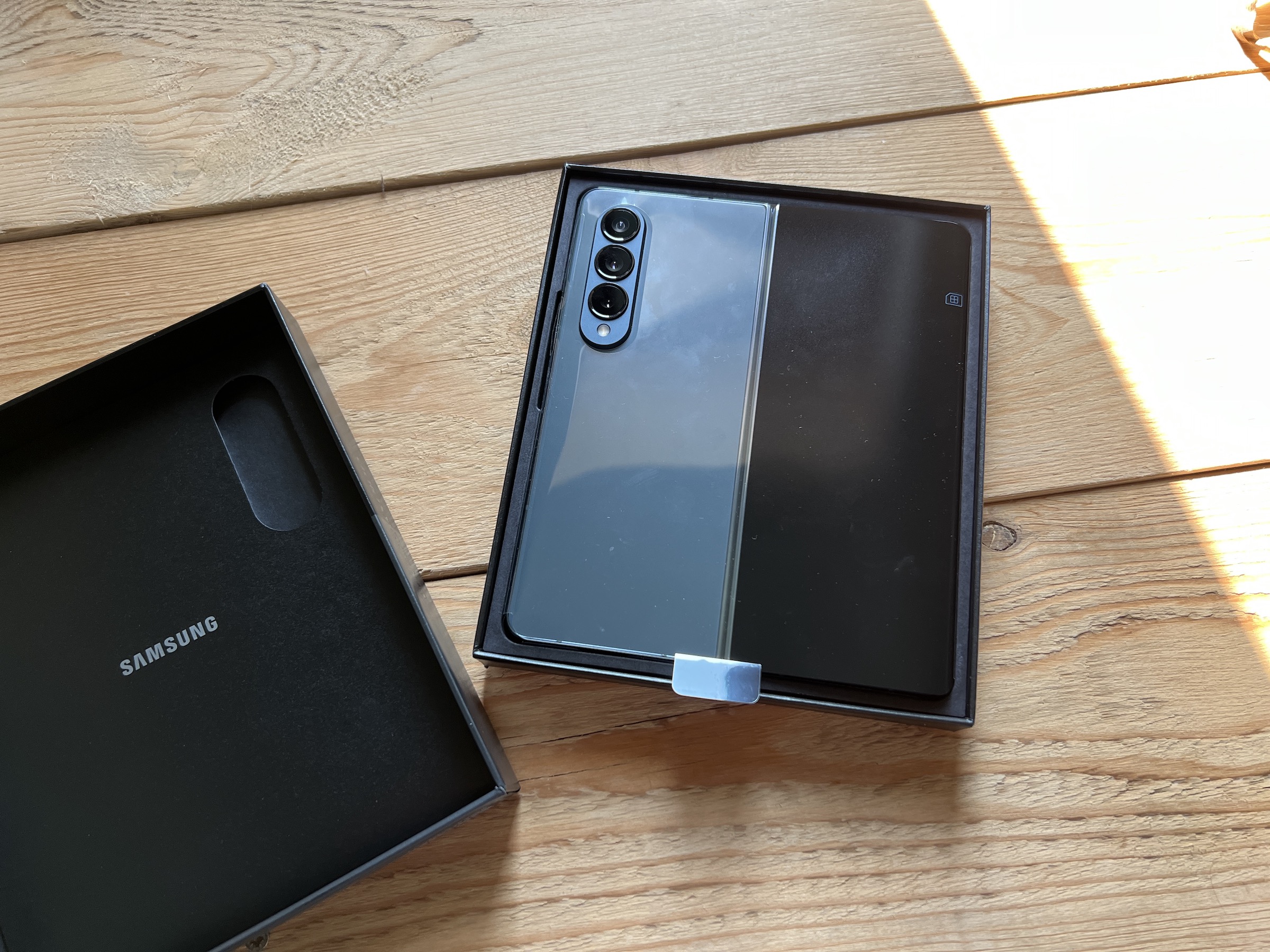
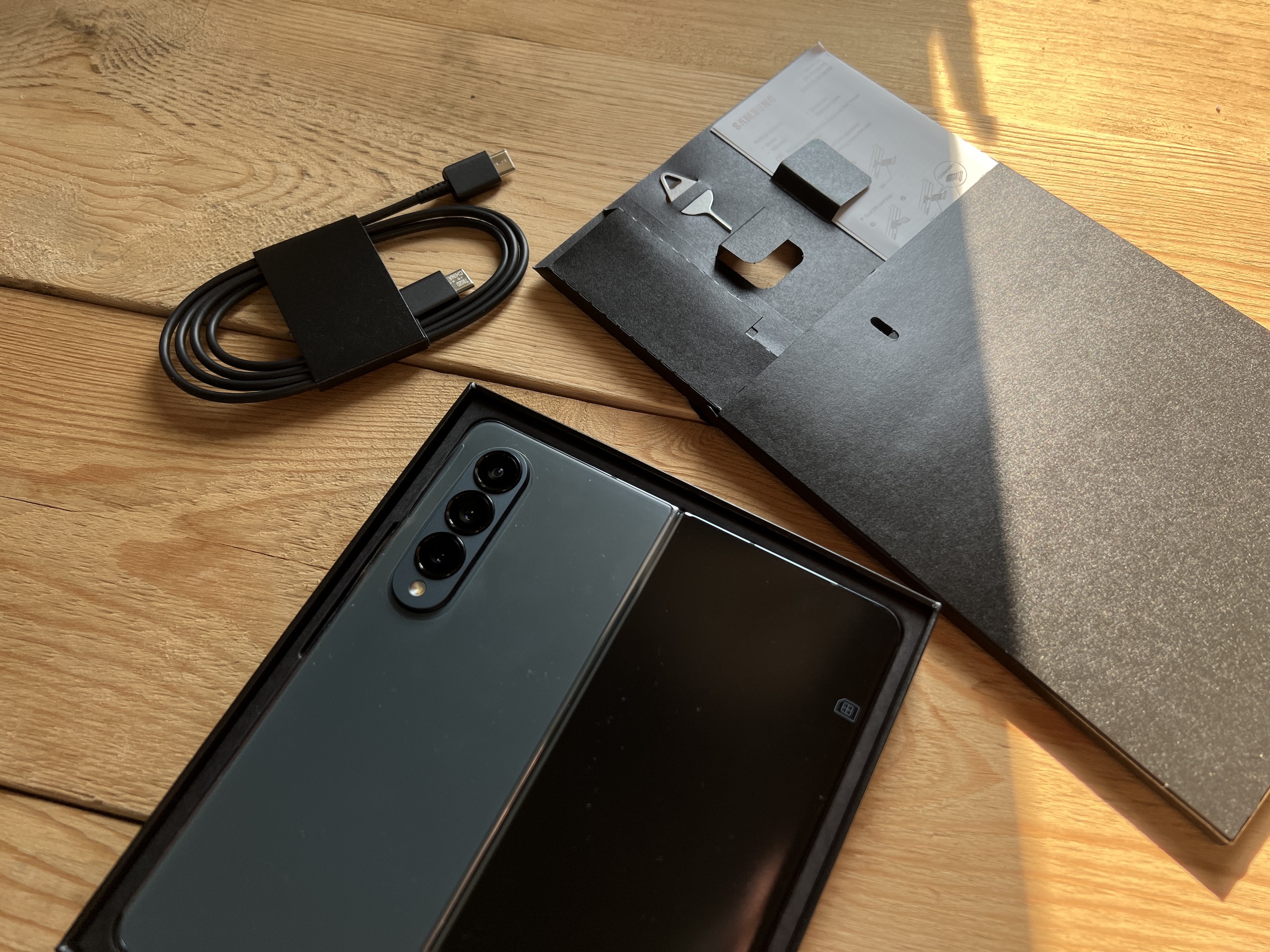
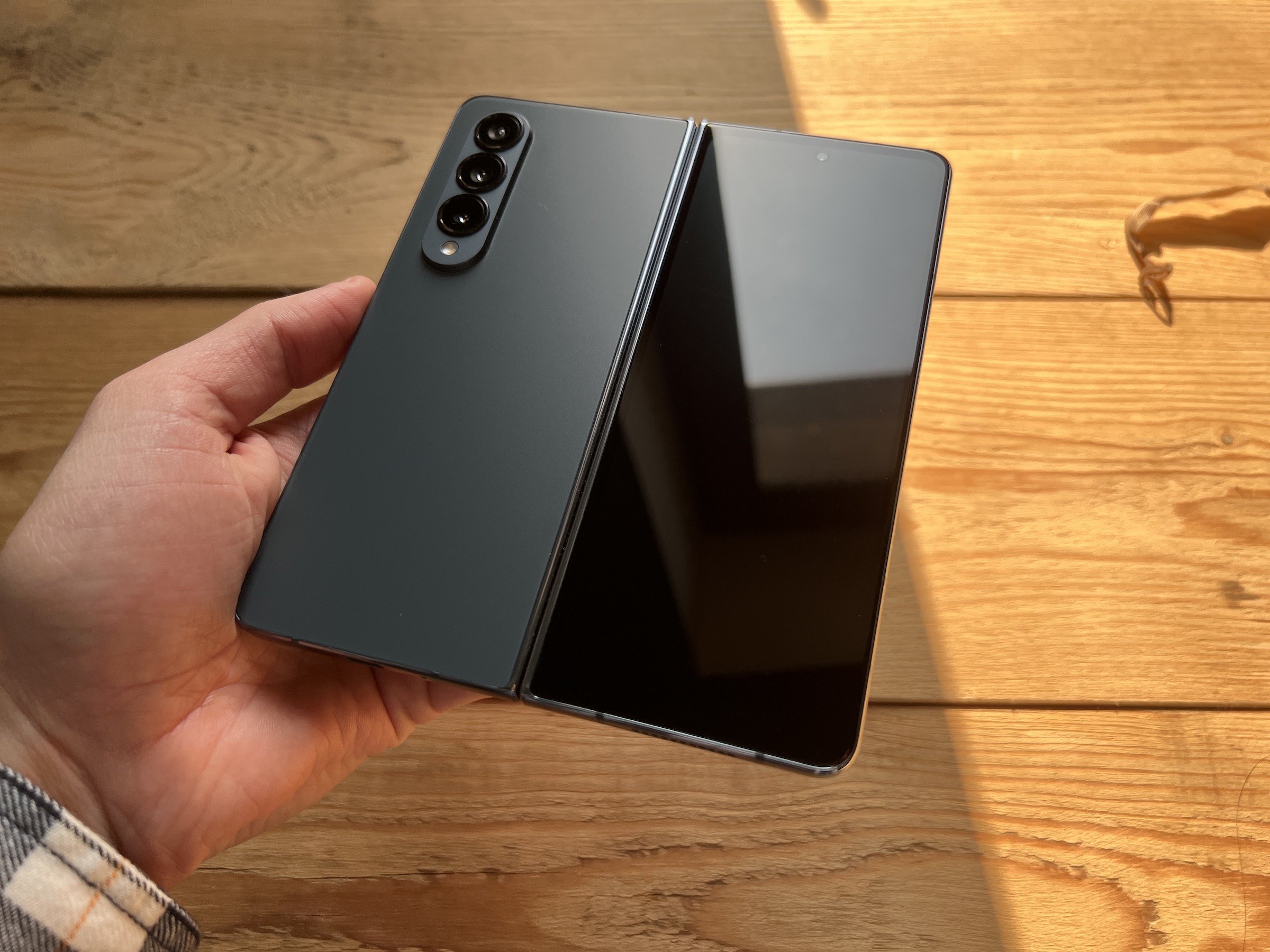
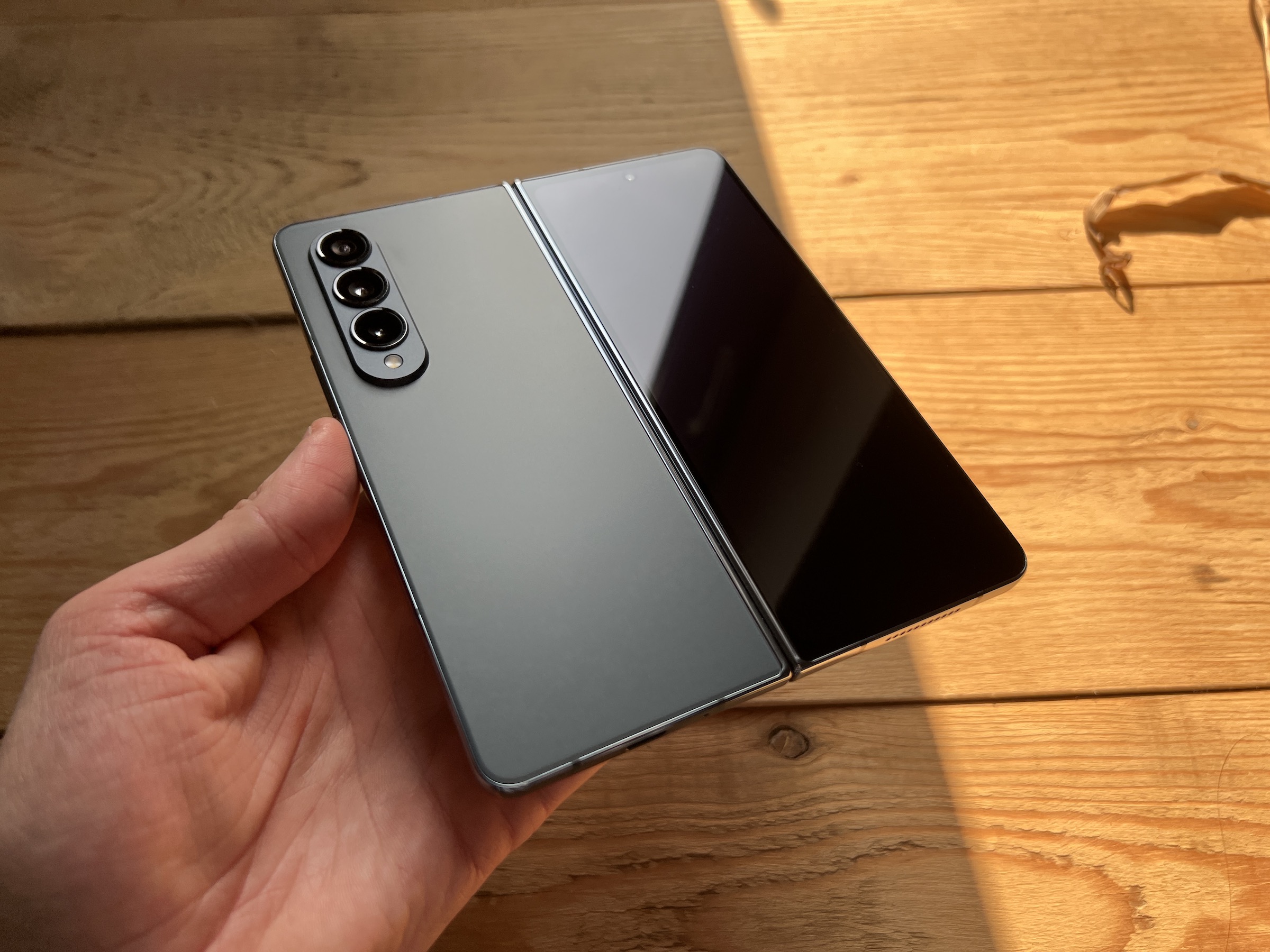
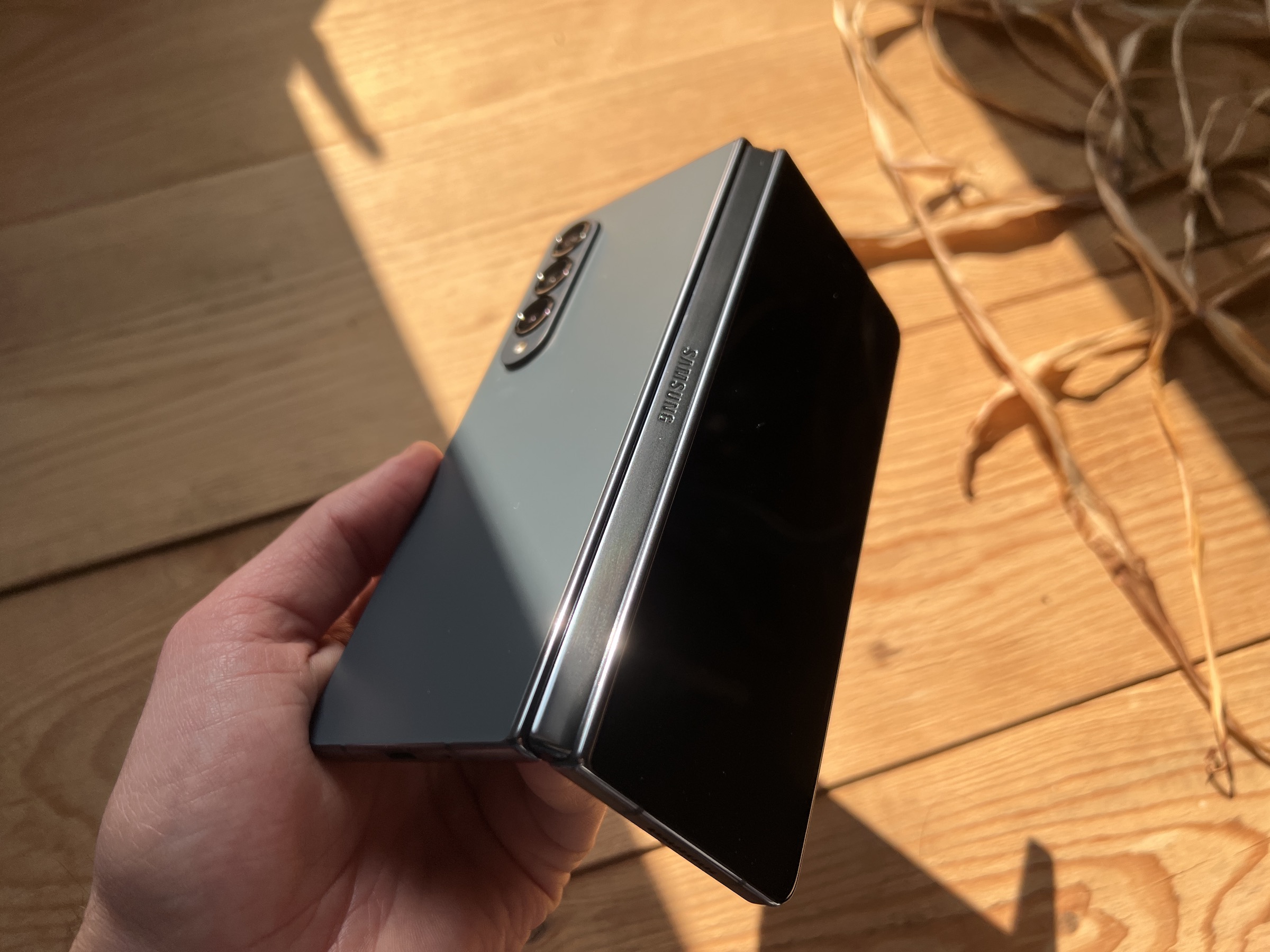
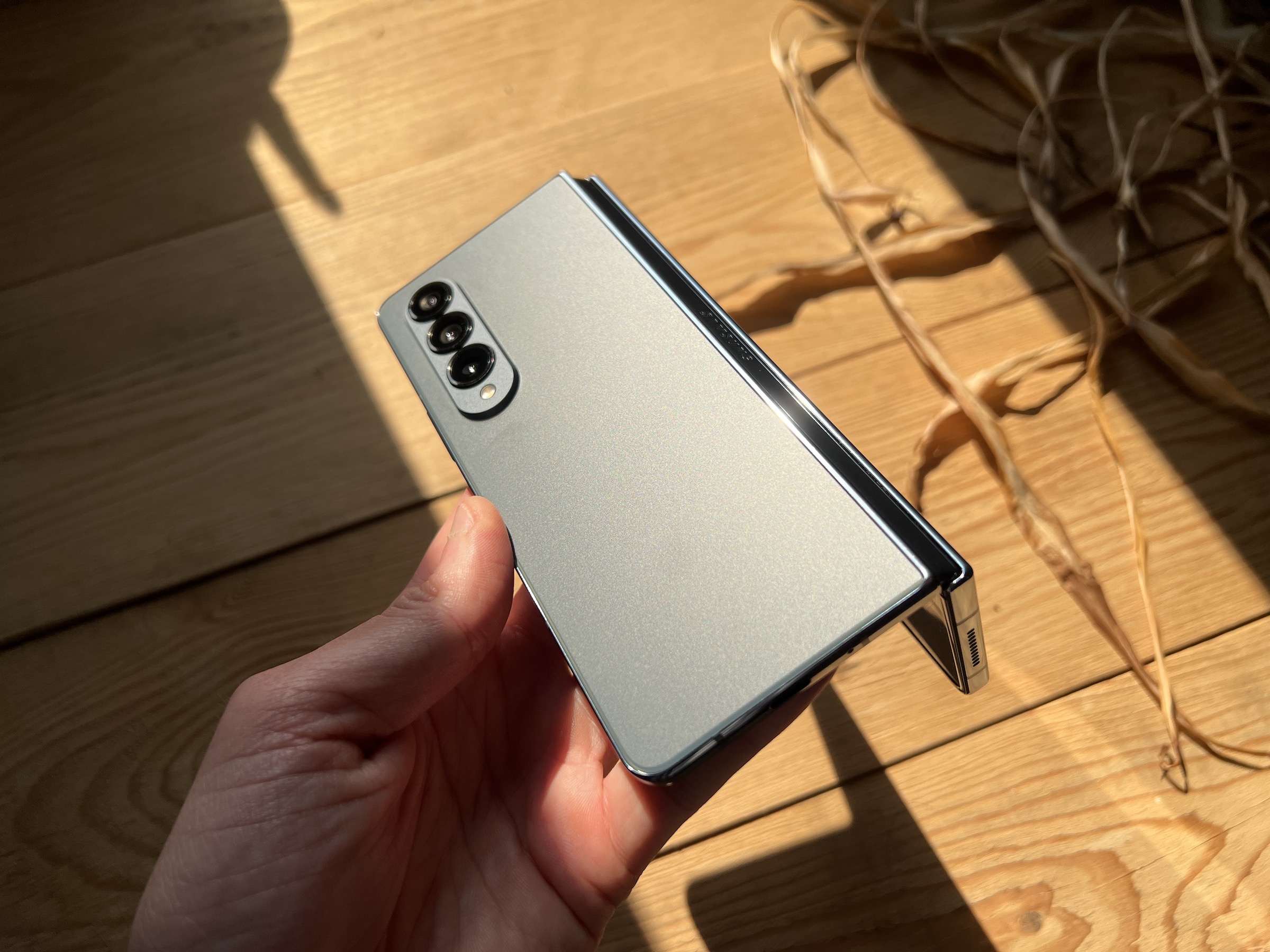
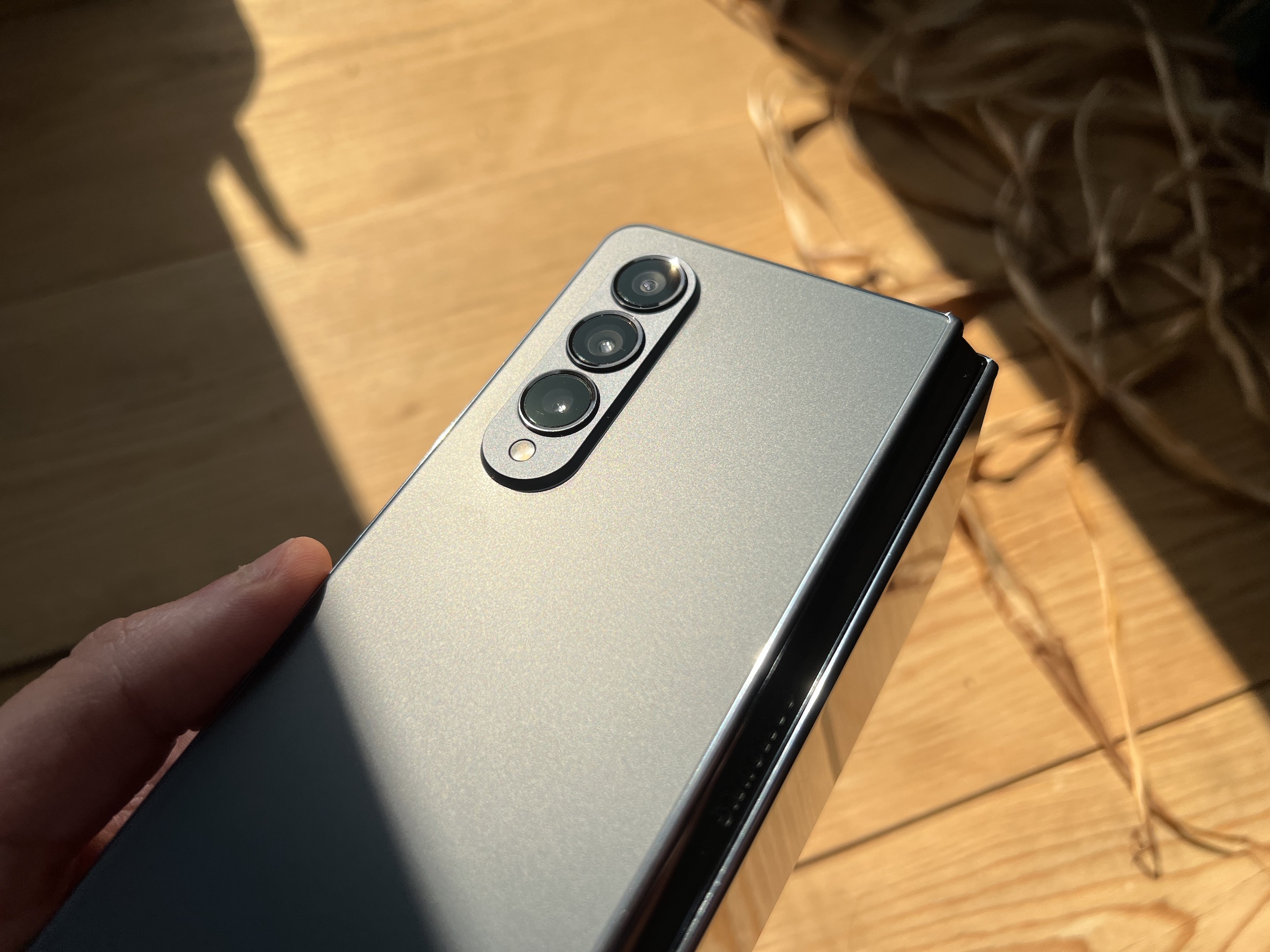
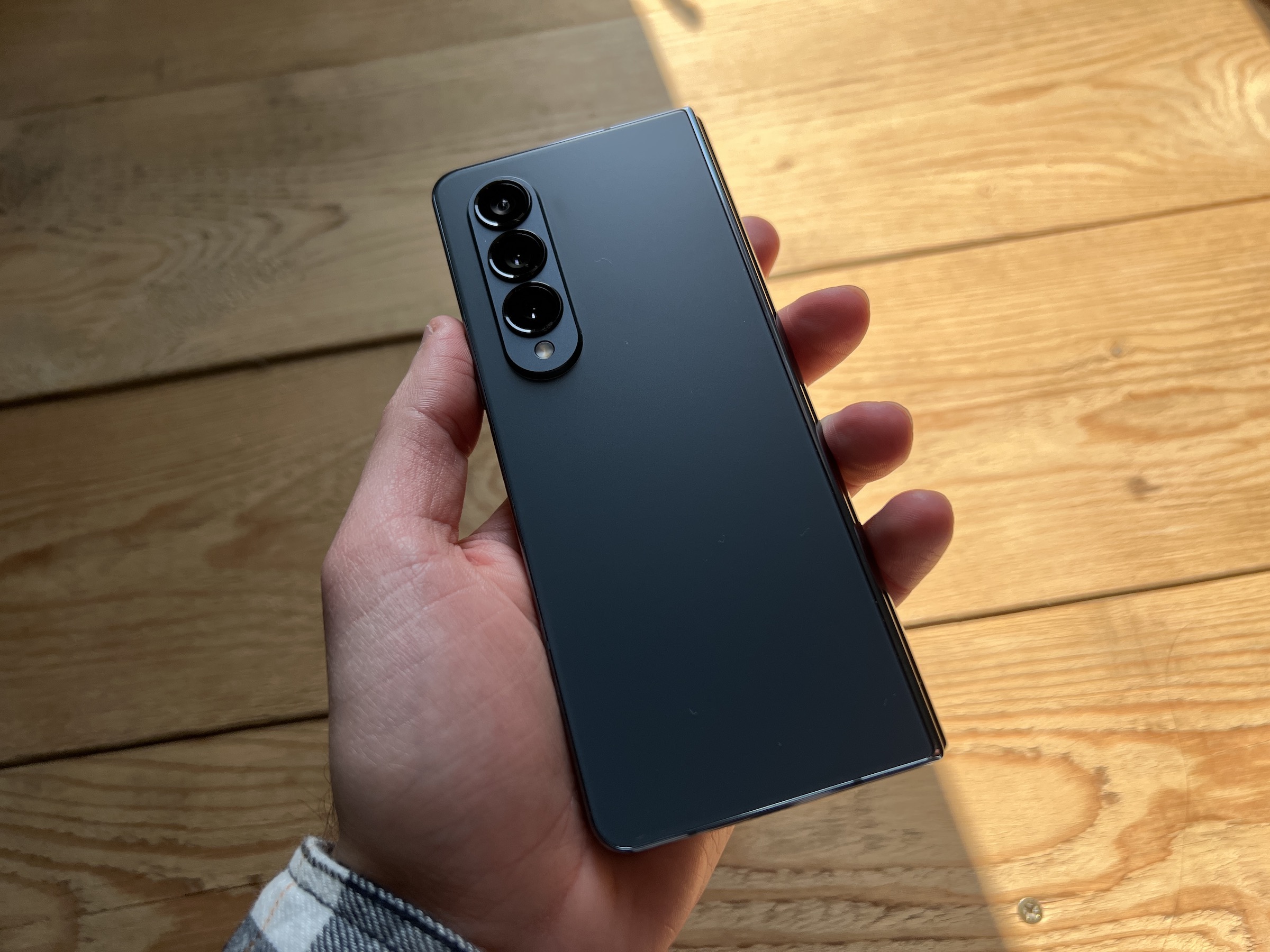
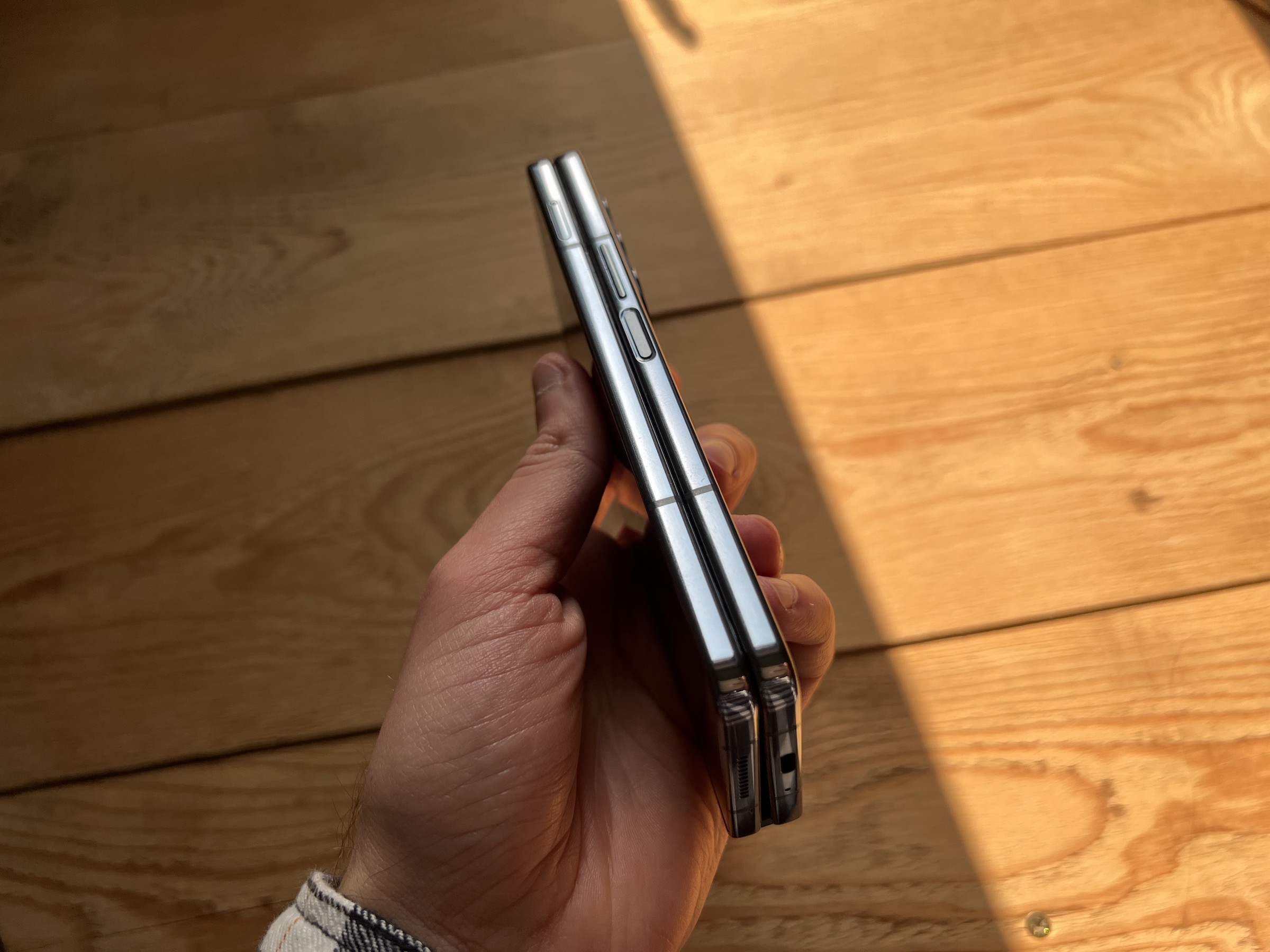

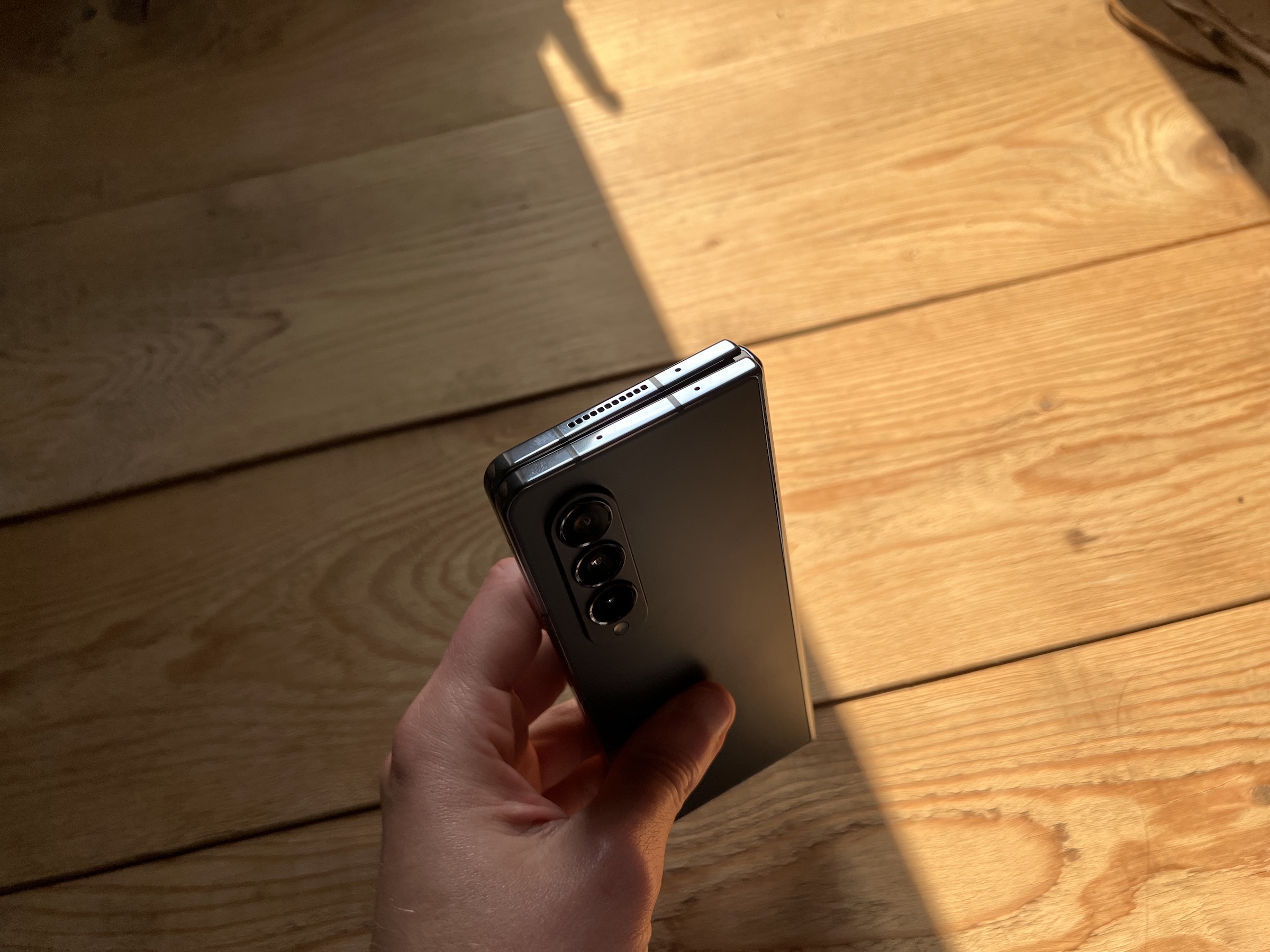
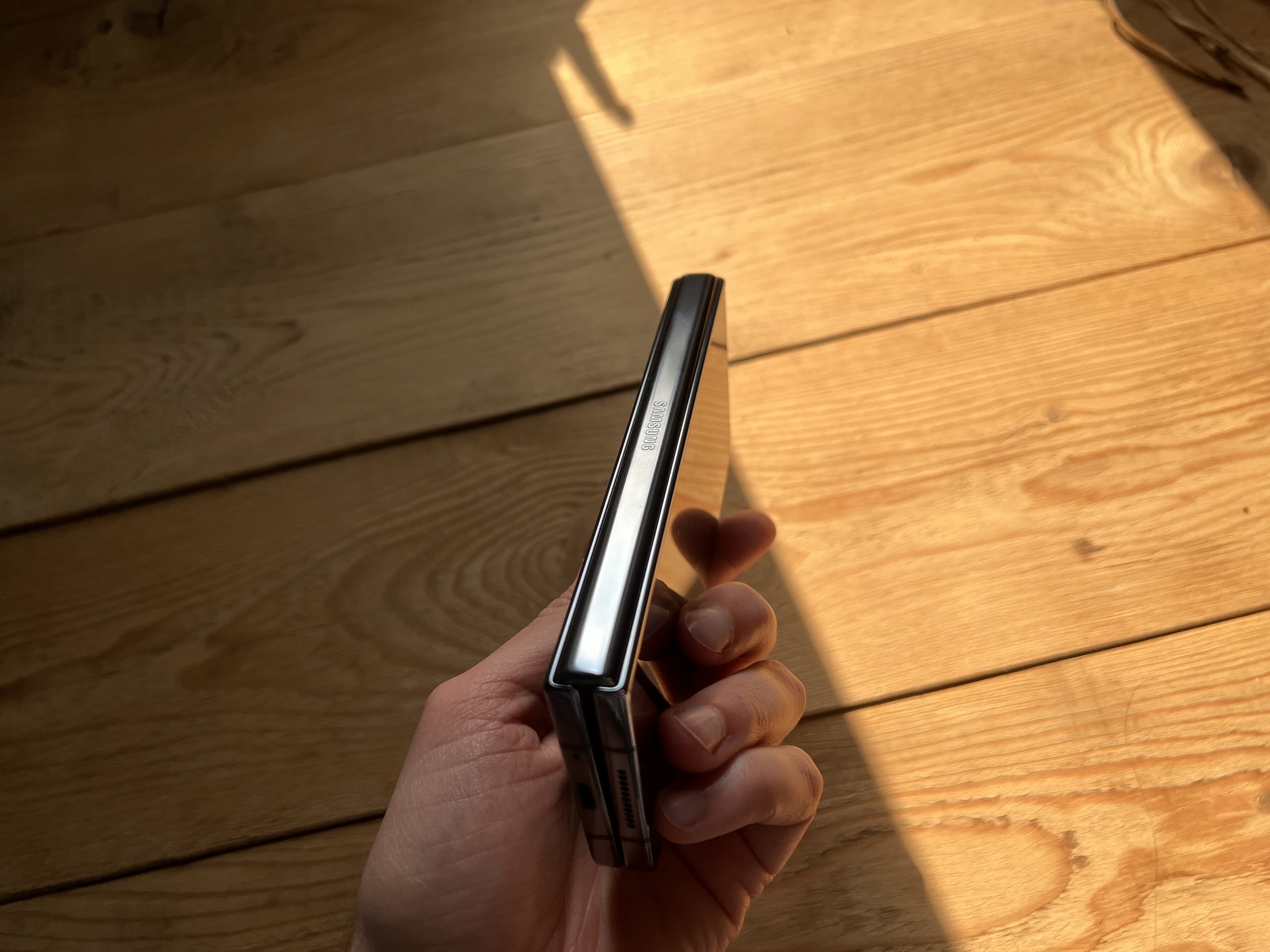

 Samsung Magazine
Samsung Magazine 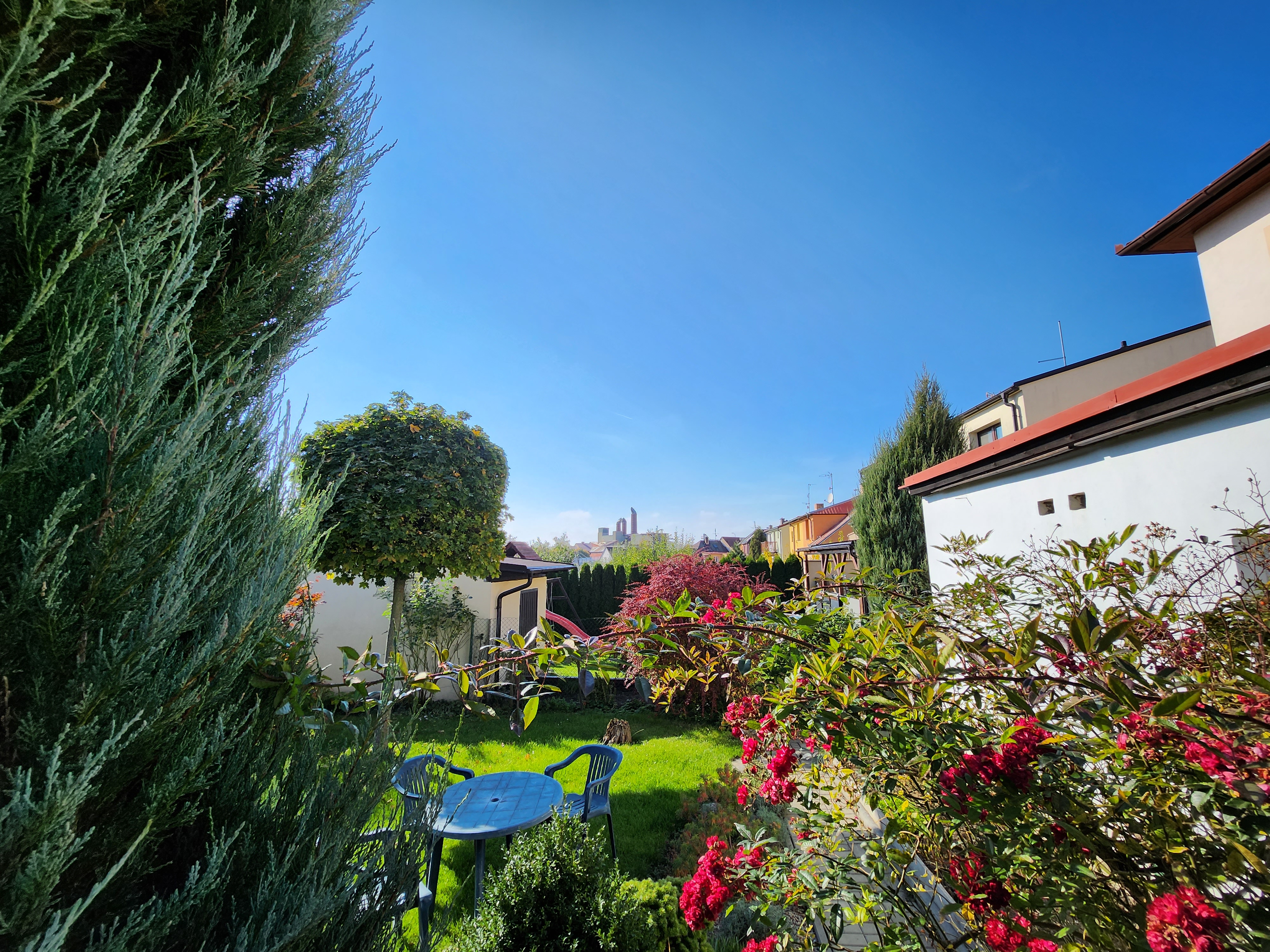
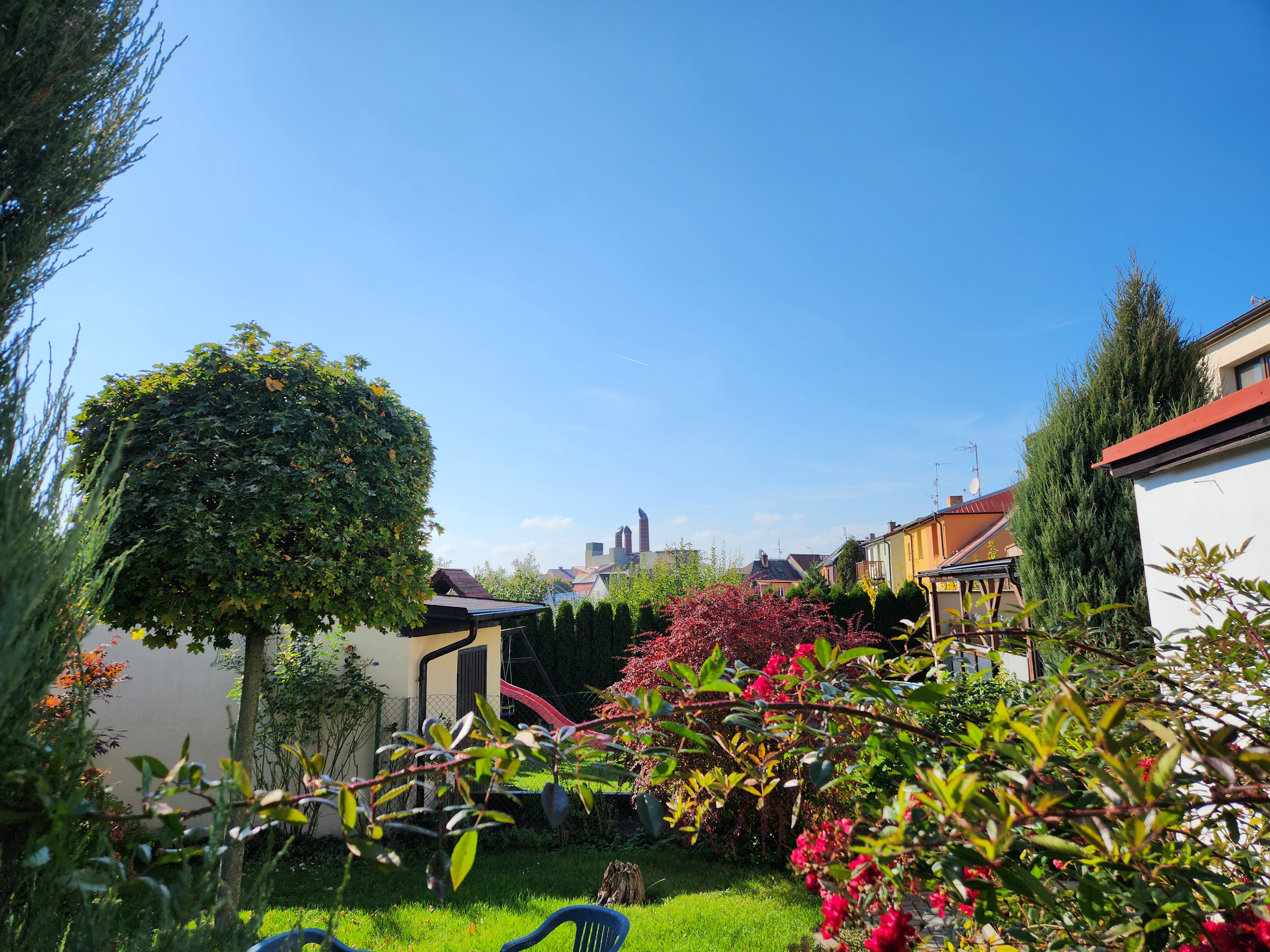



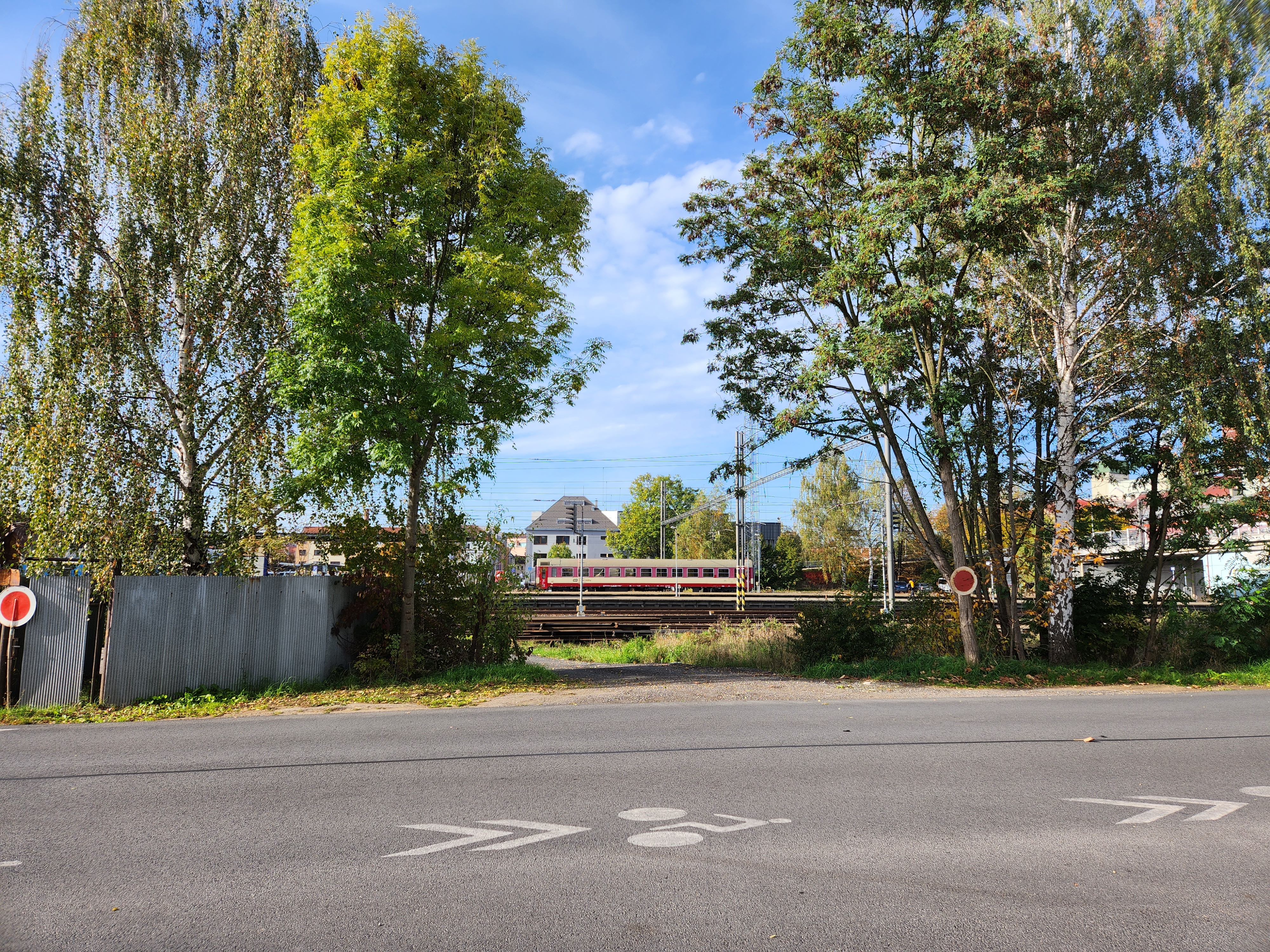
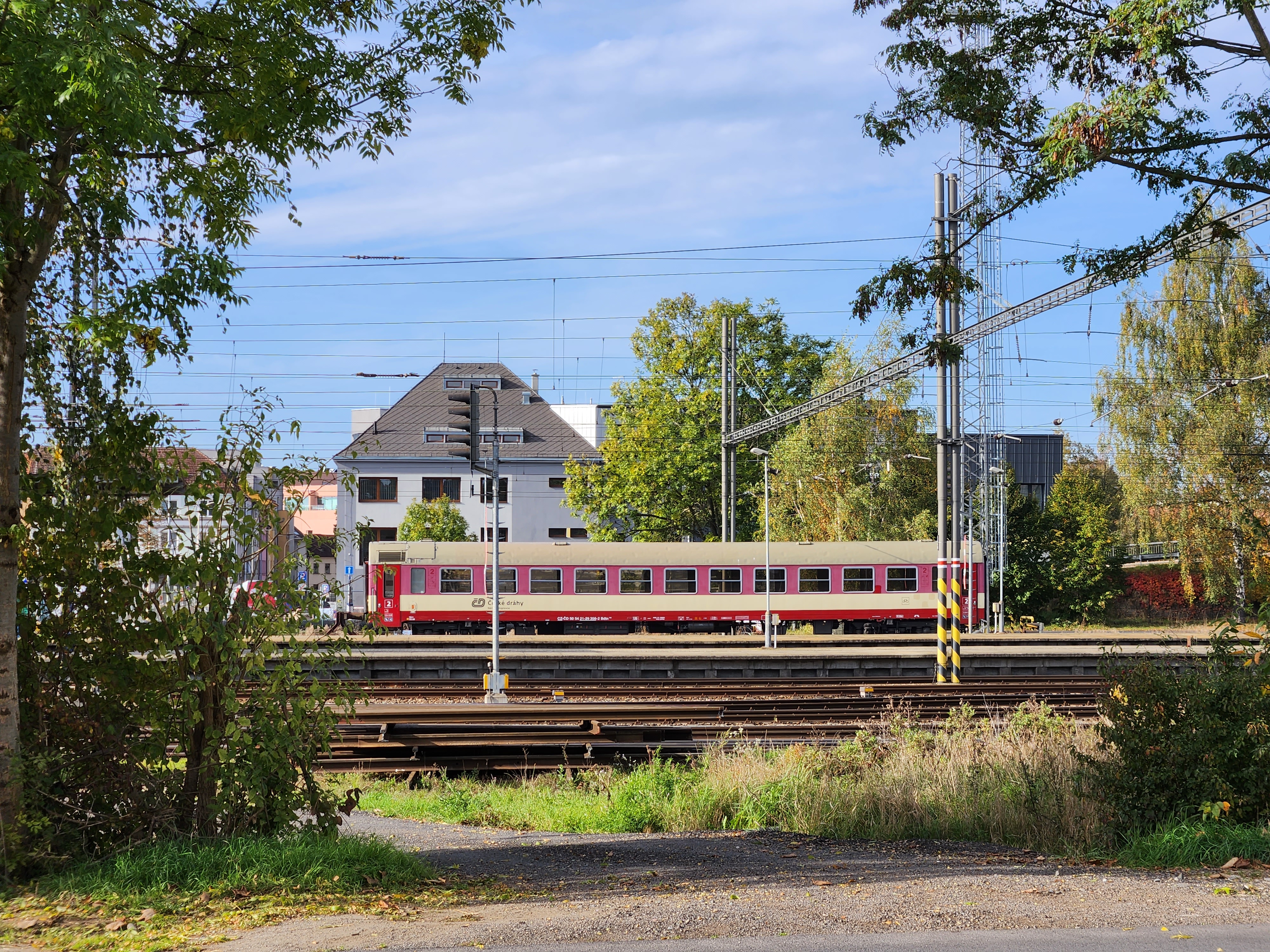
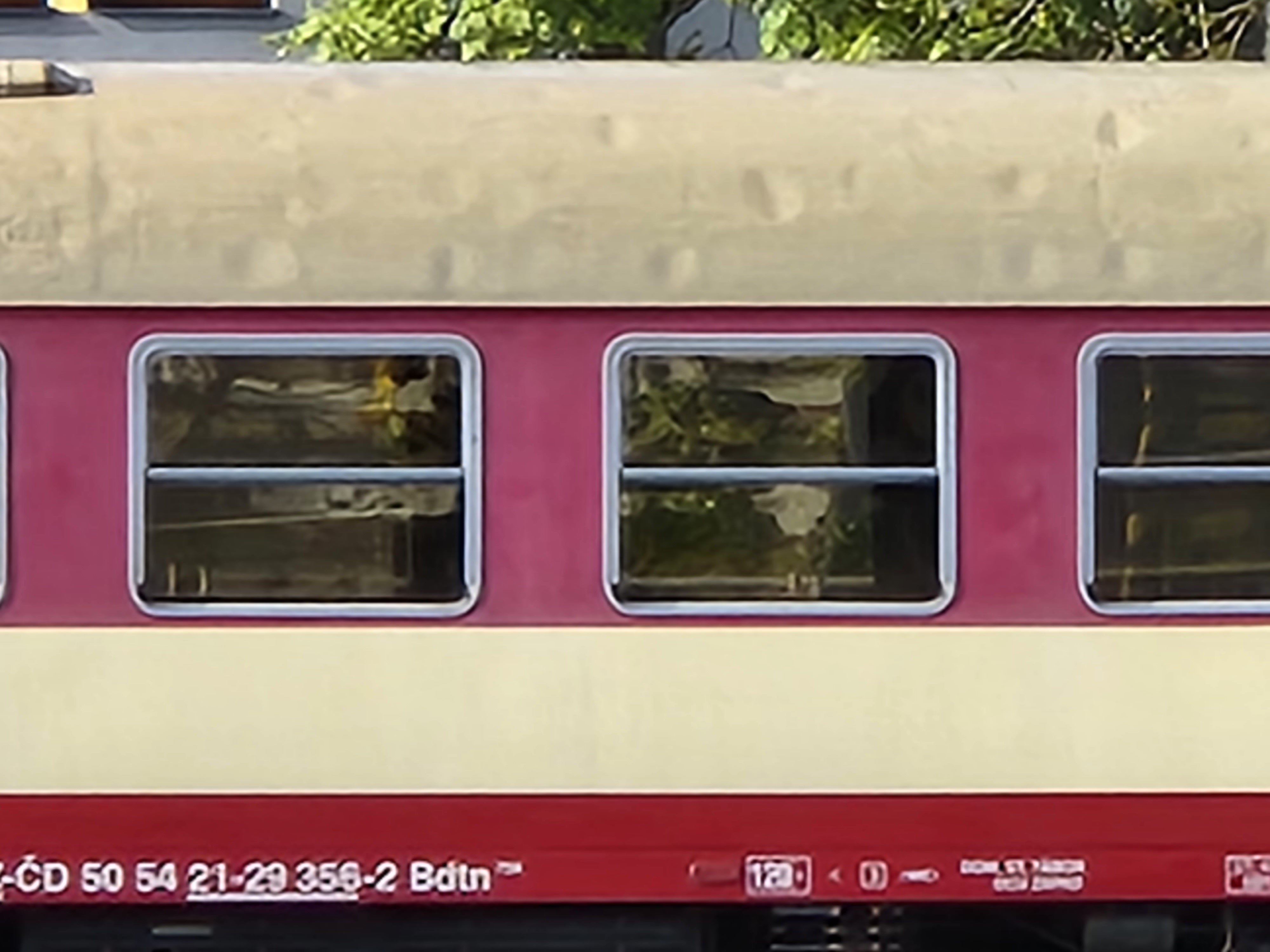

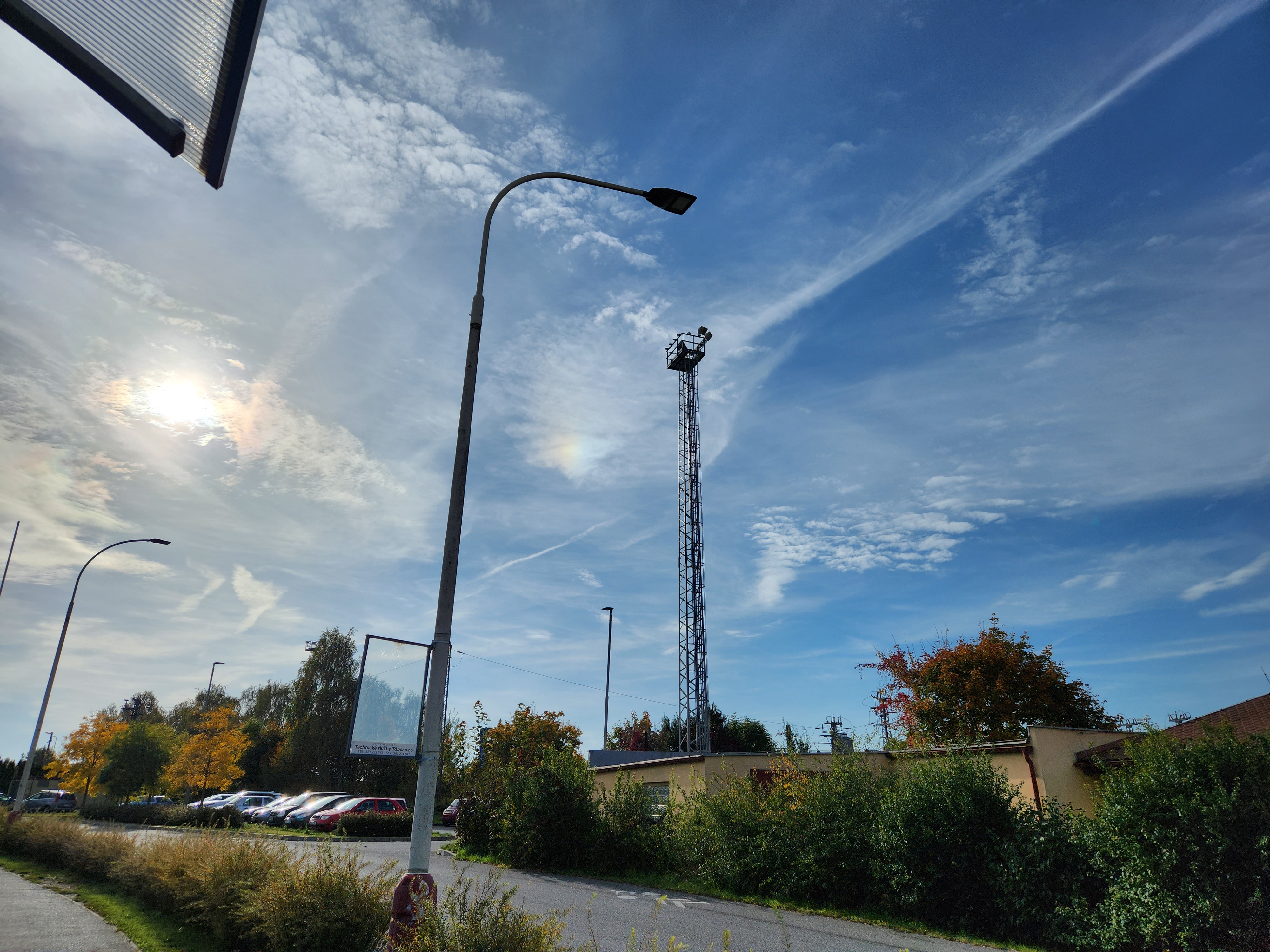
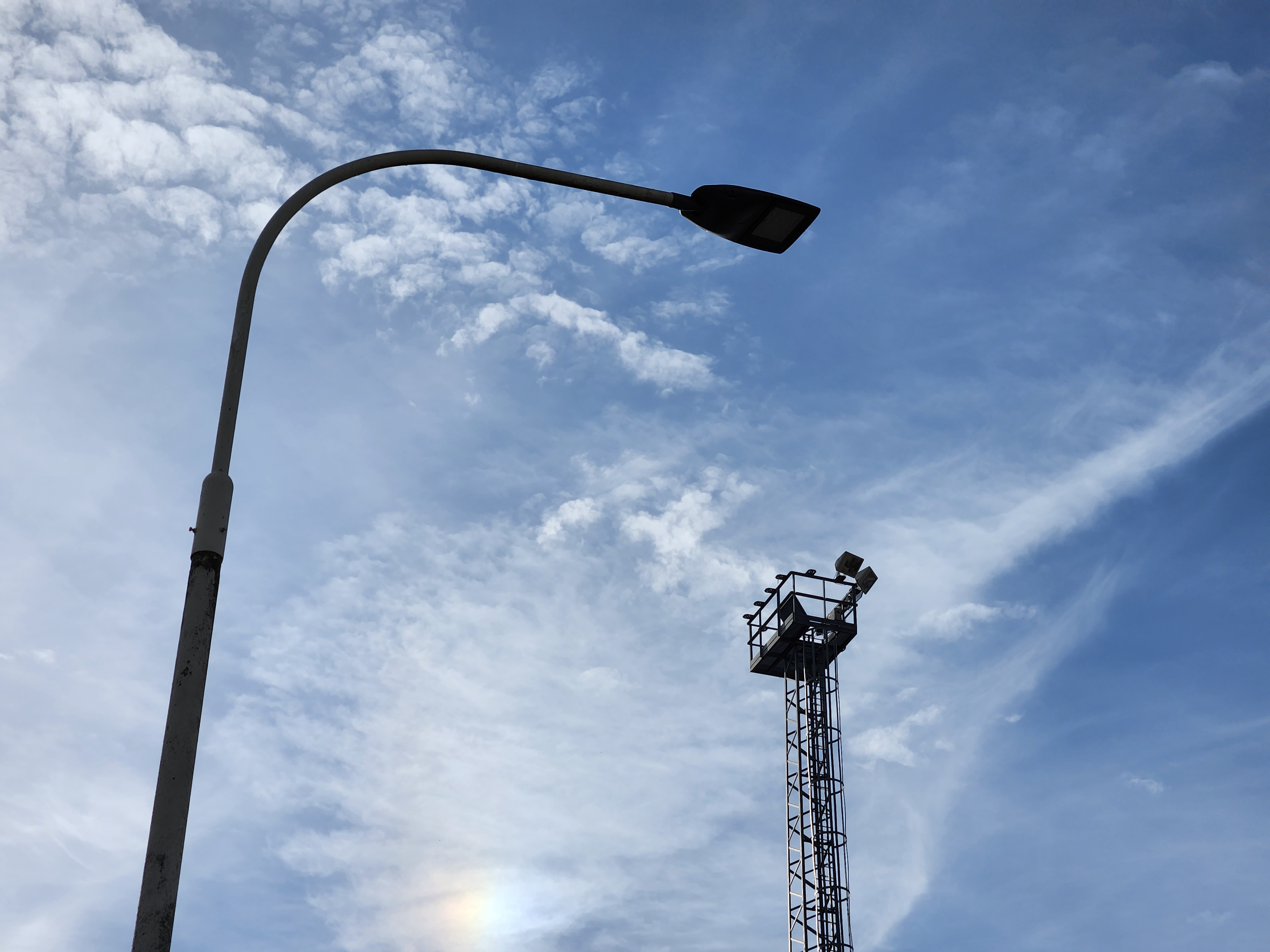
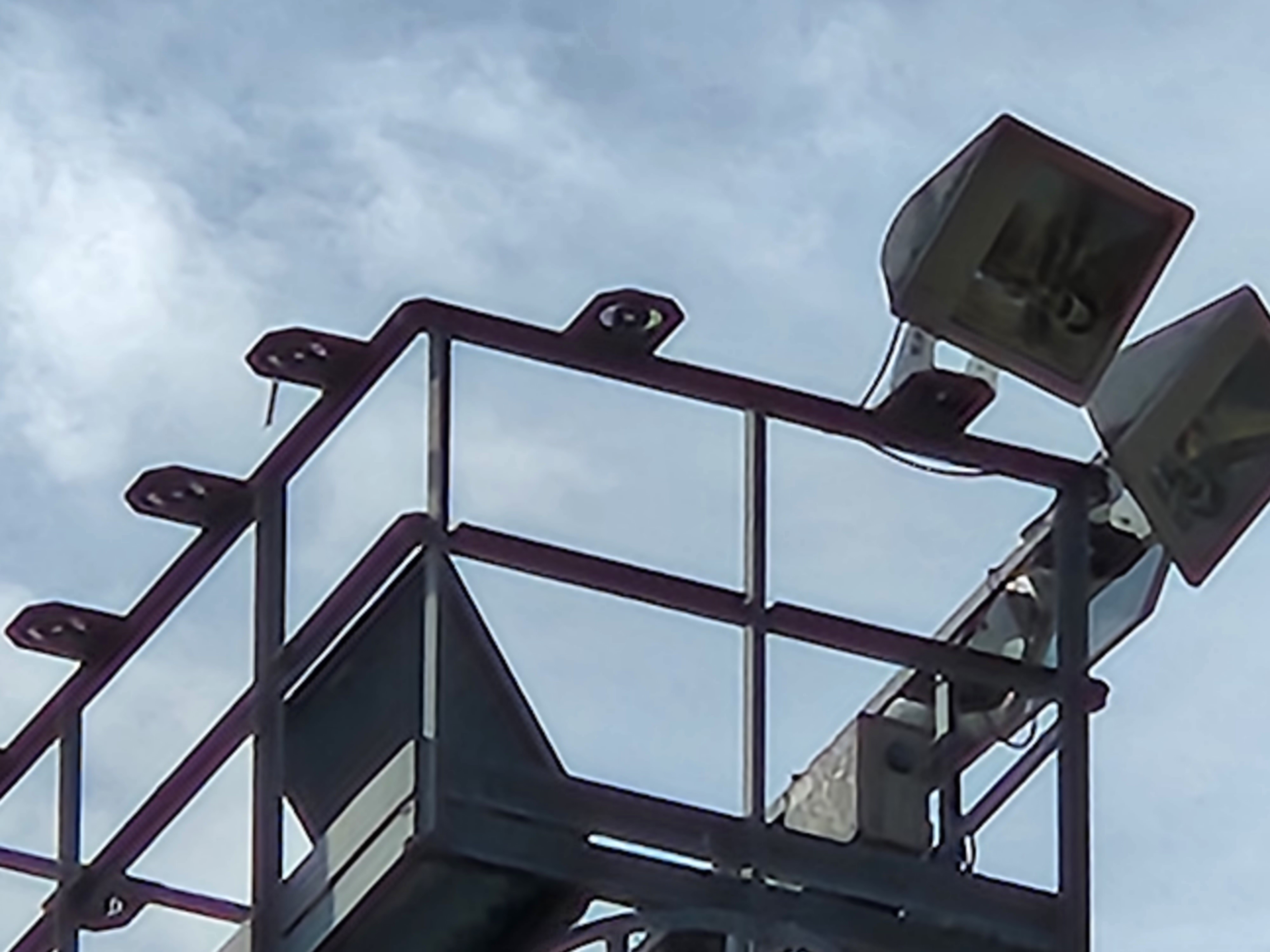
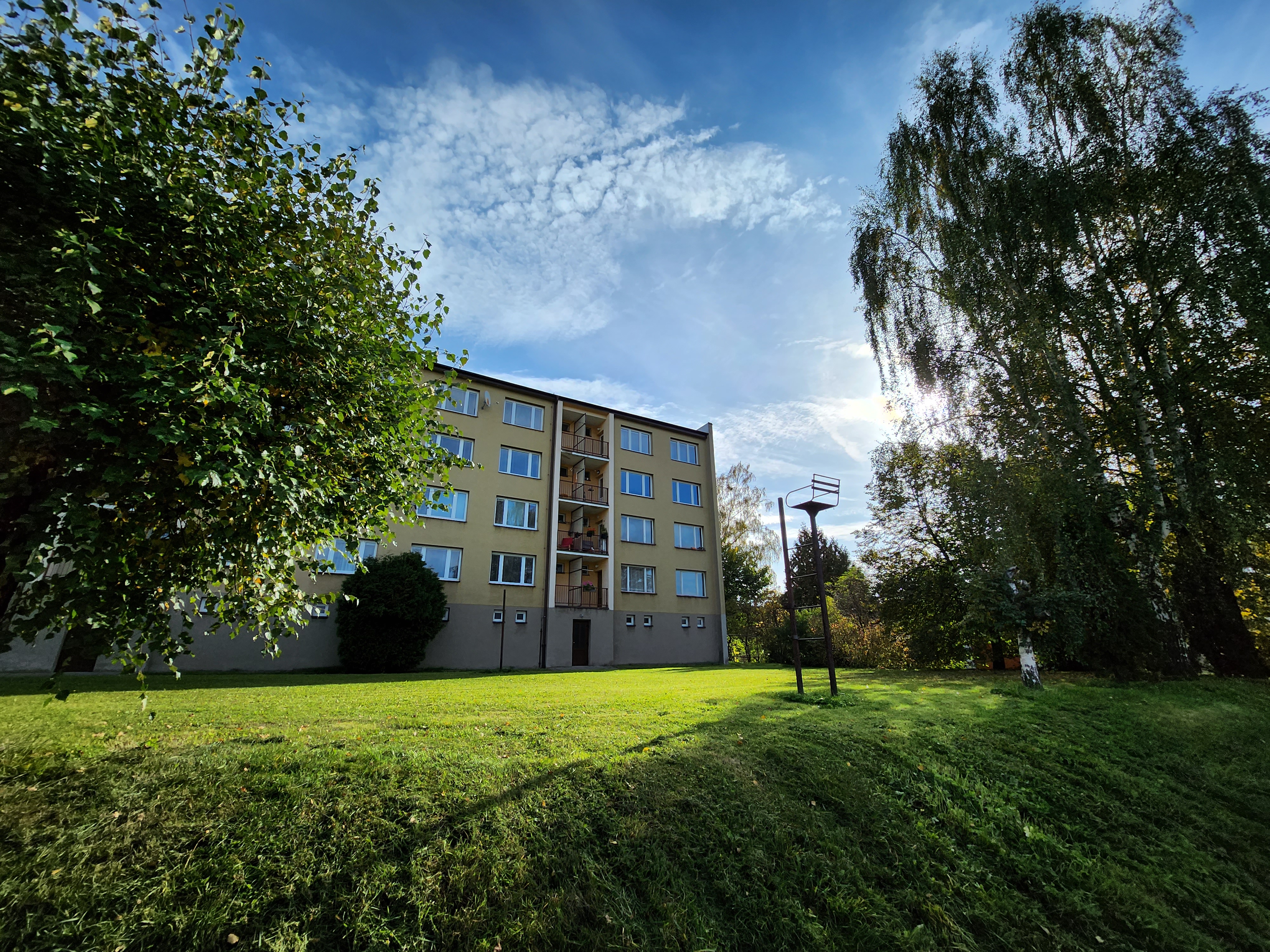
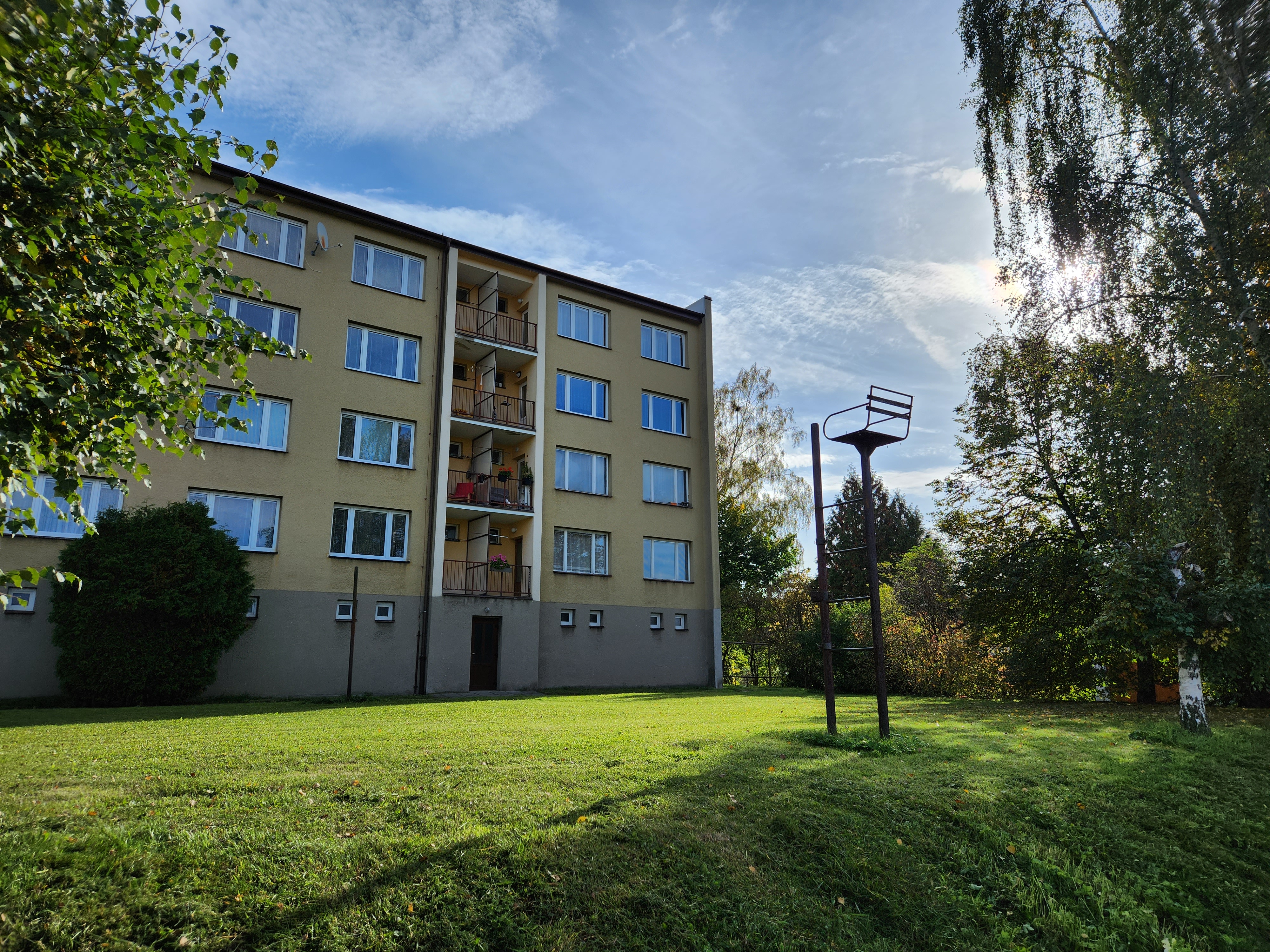


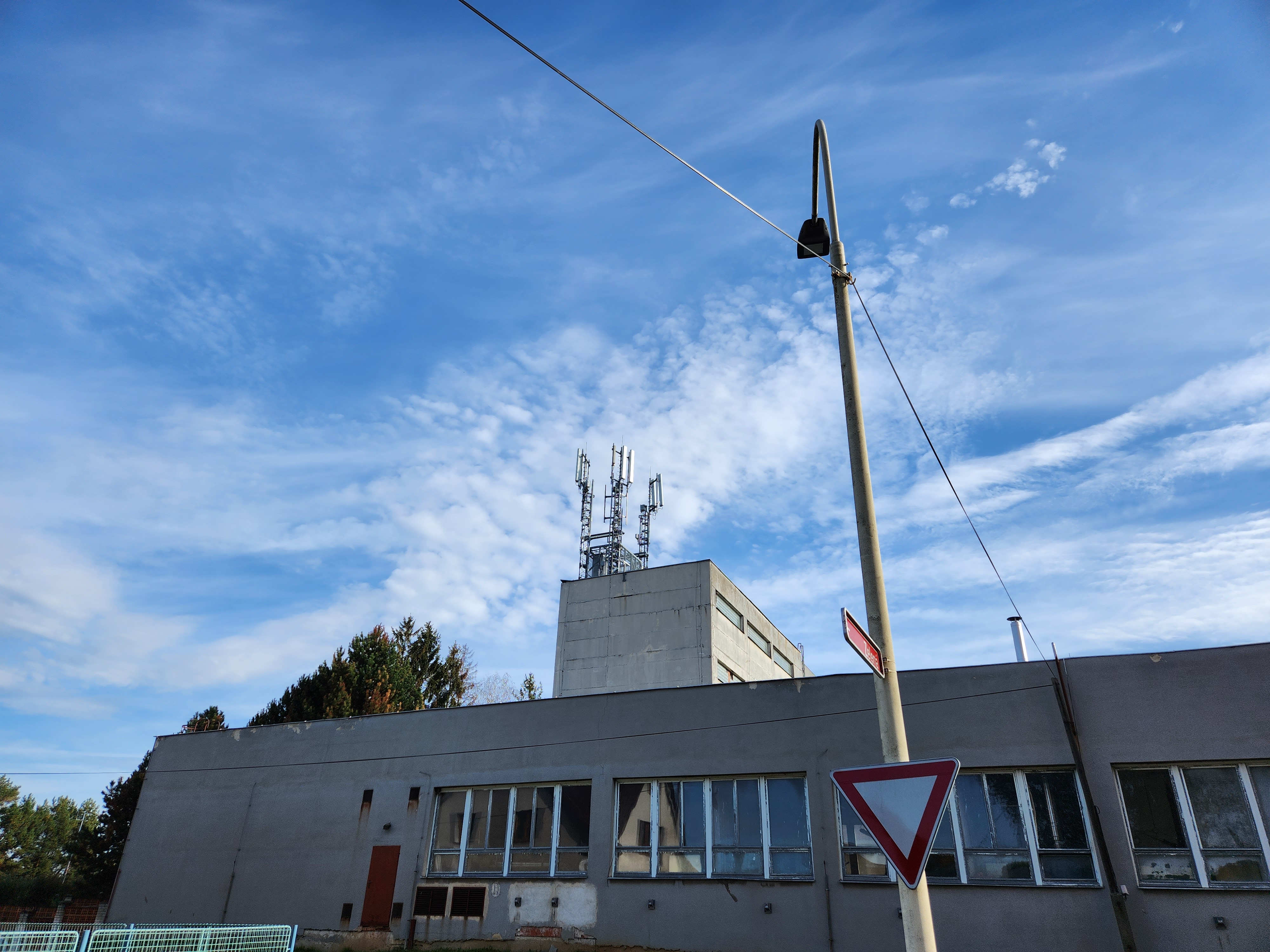
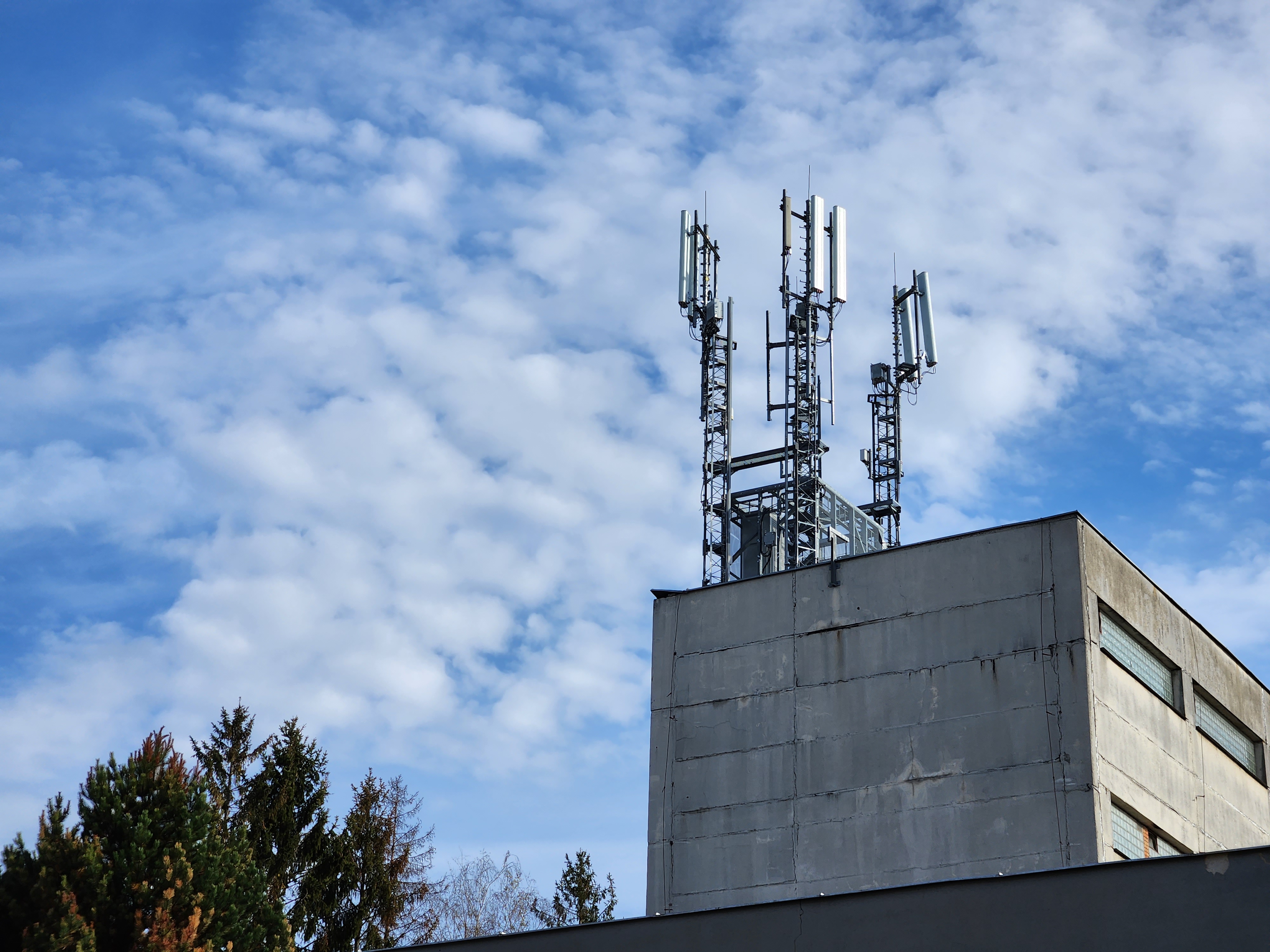
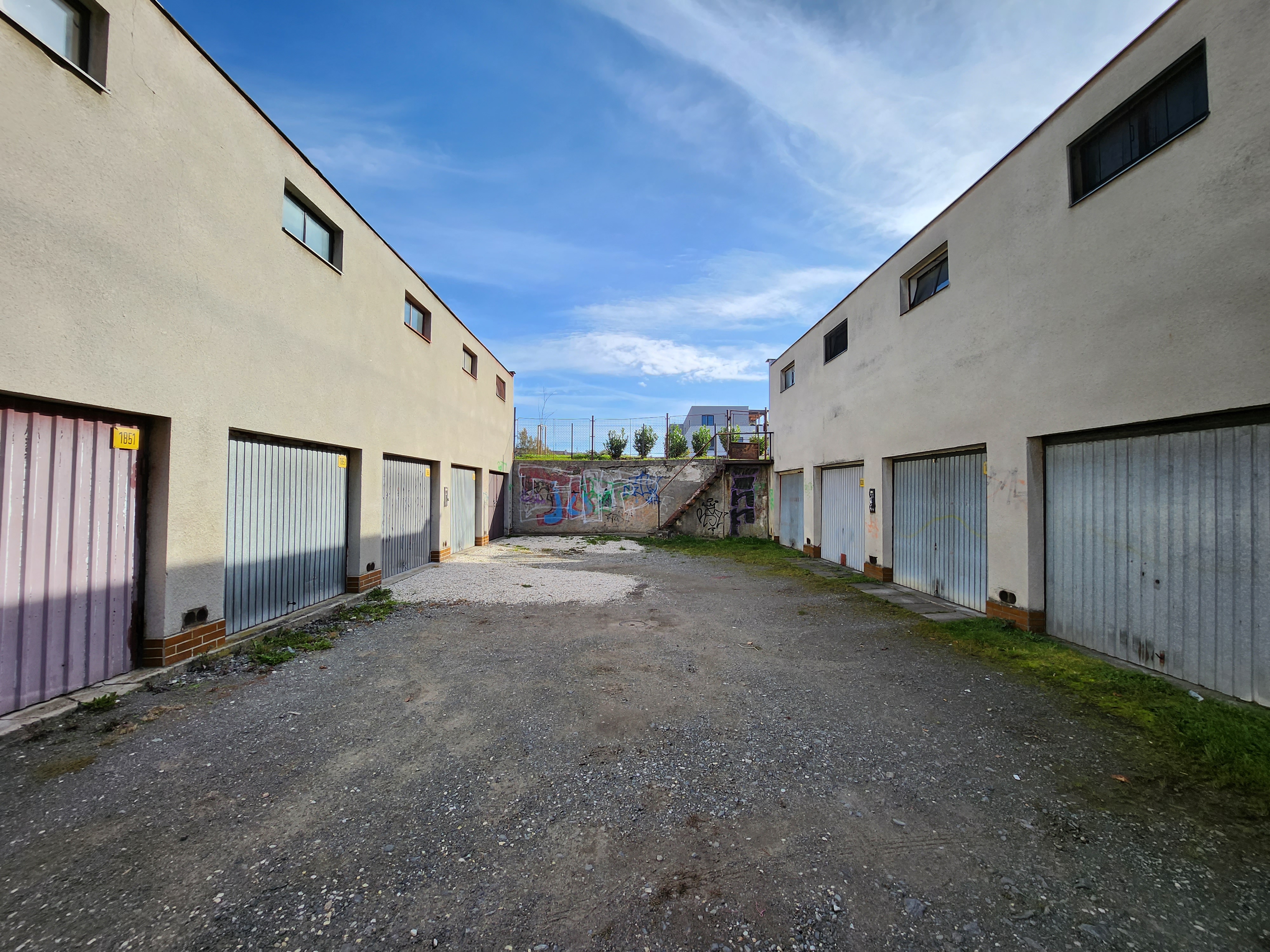



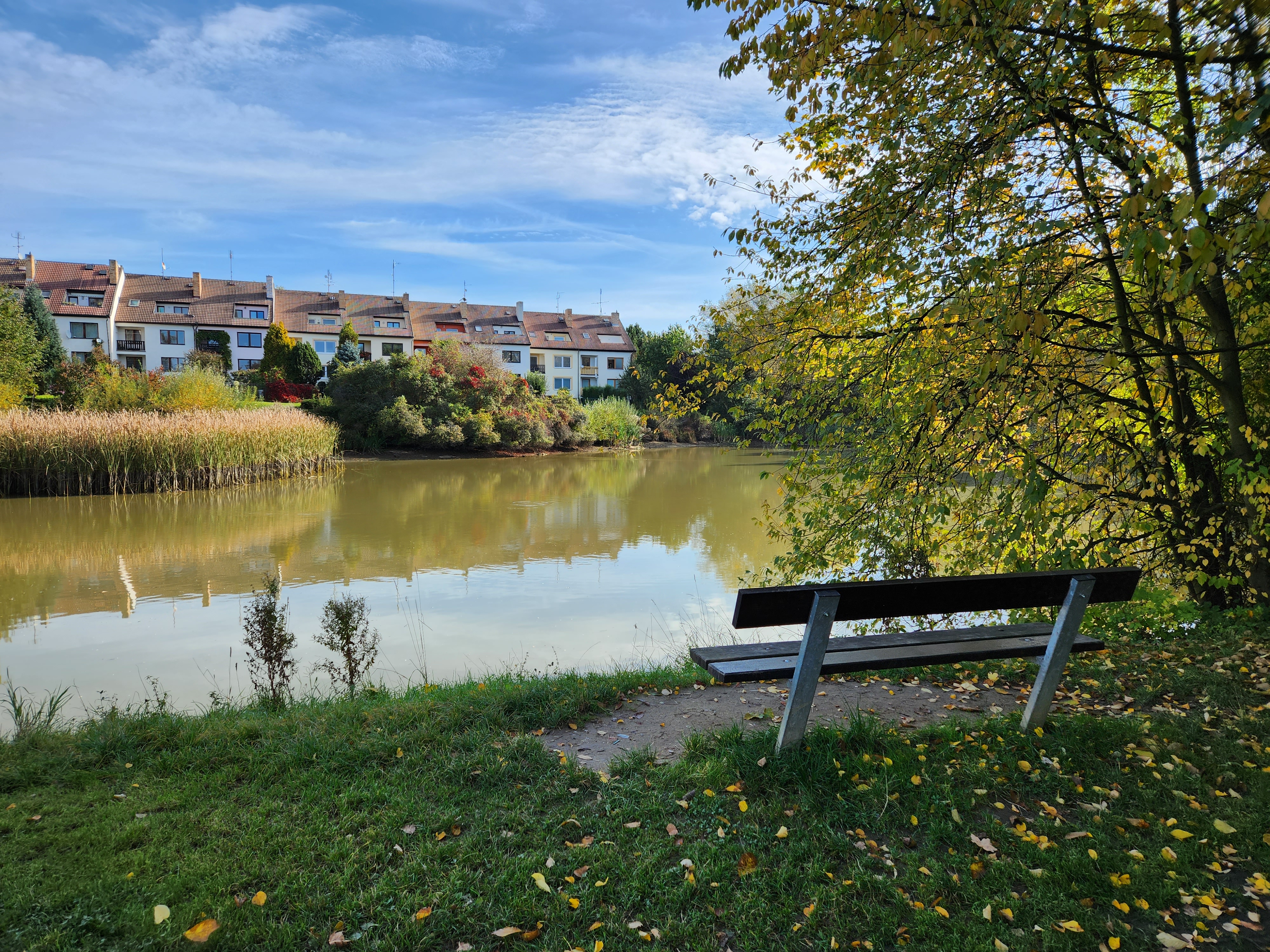
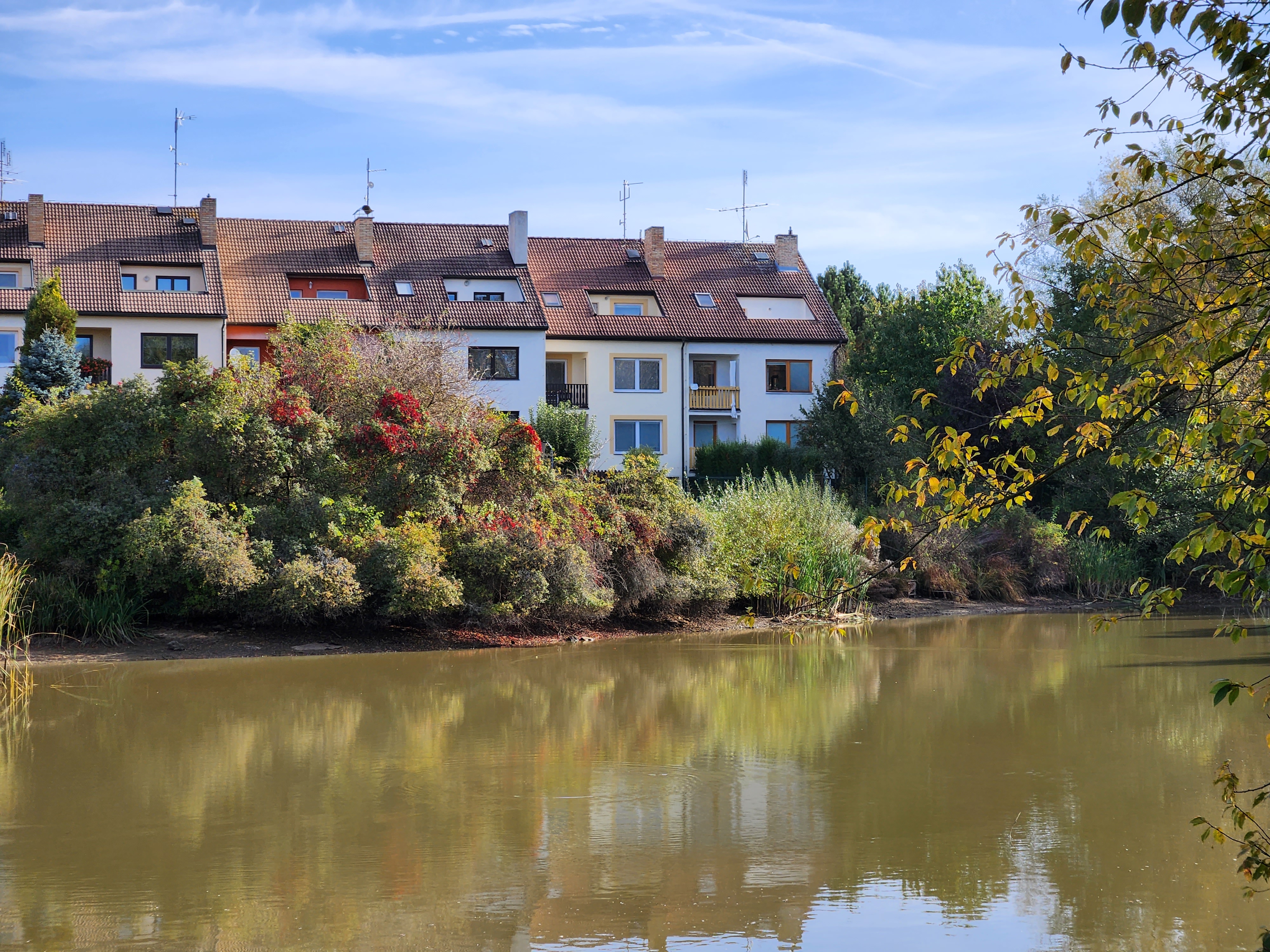
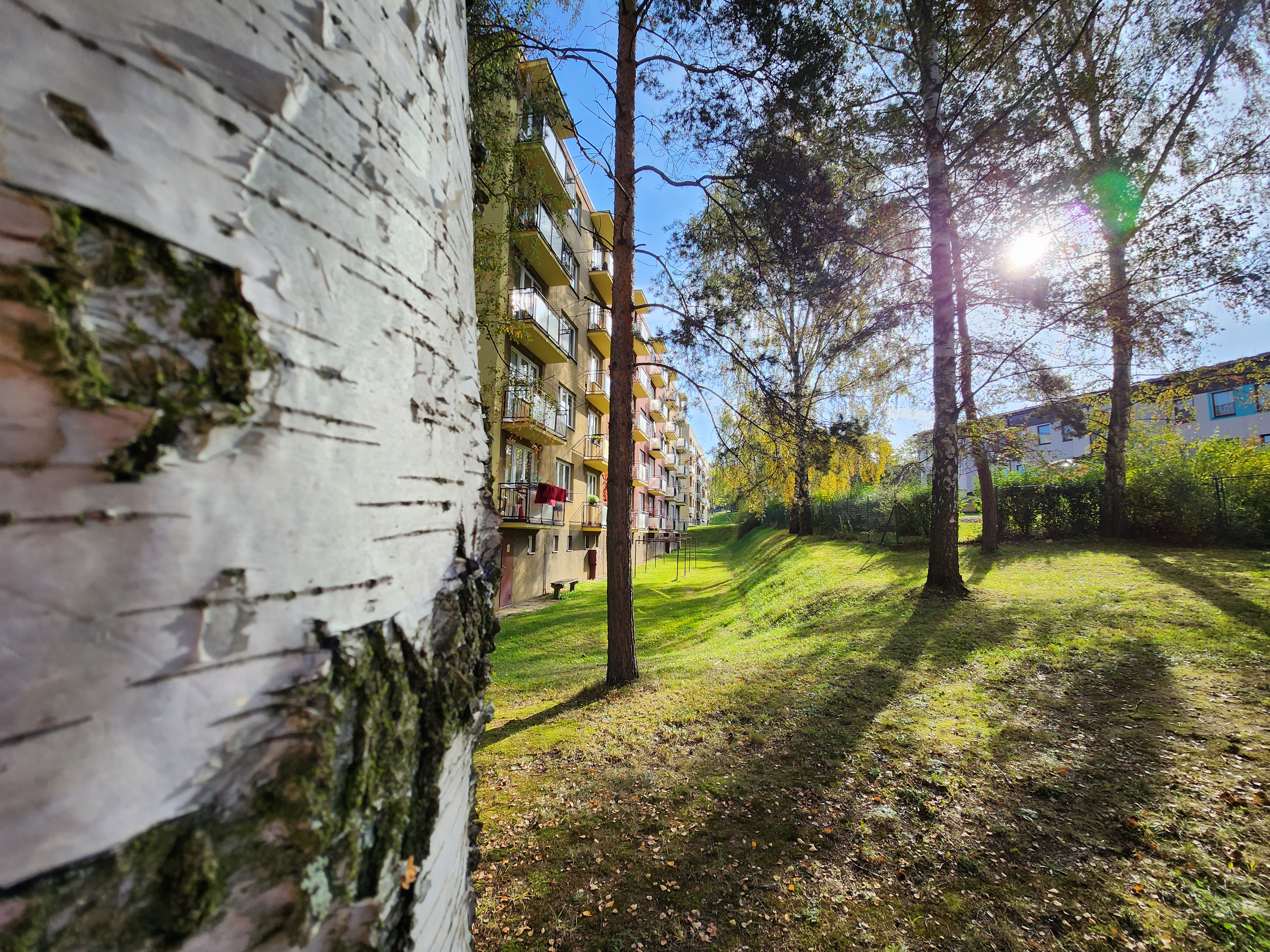
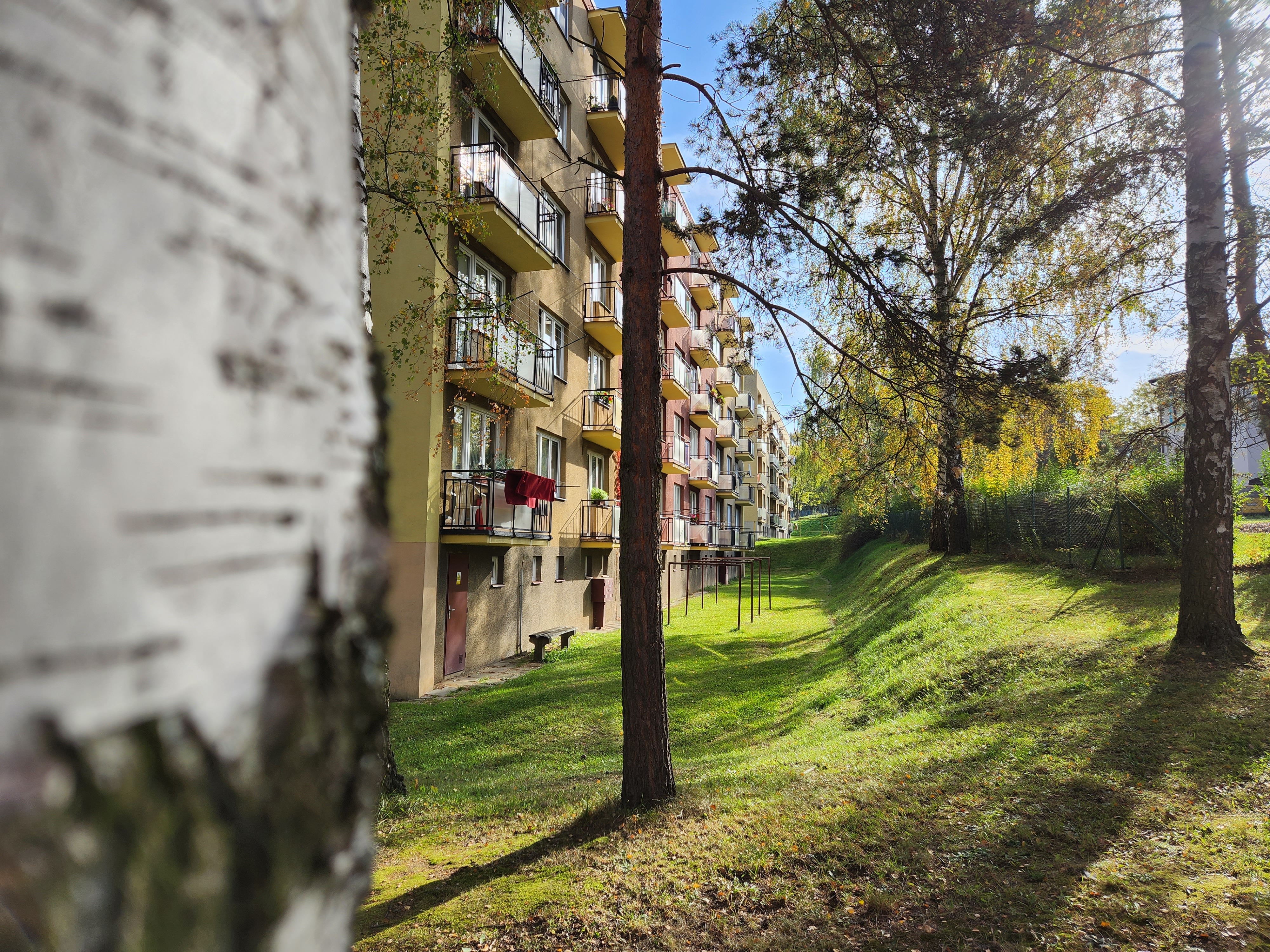
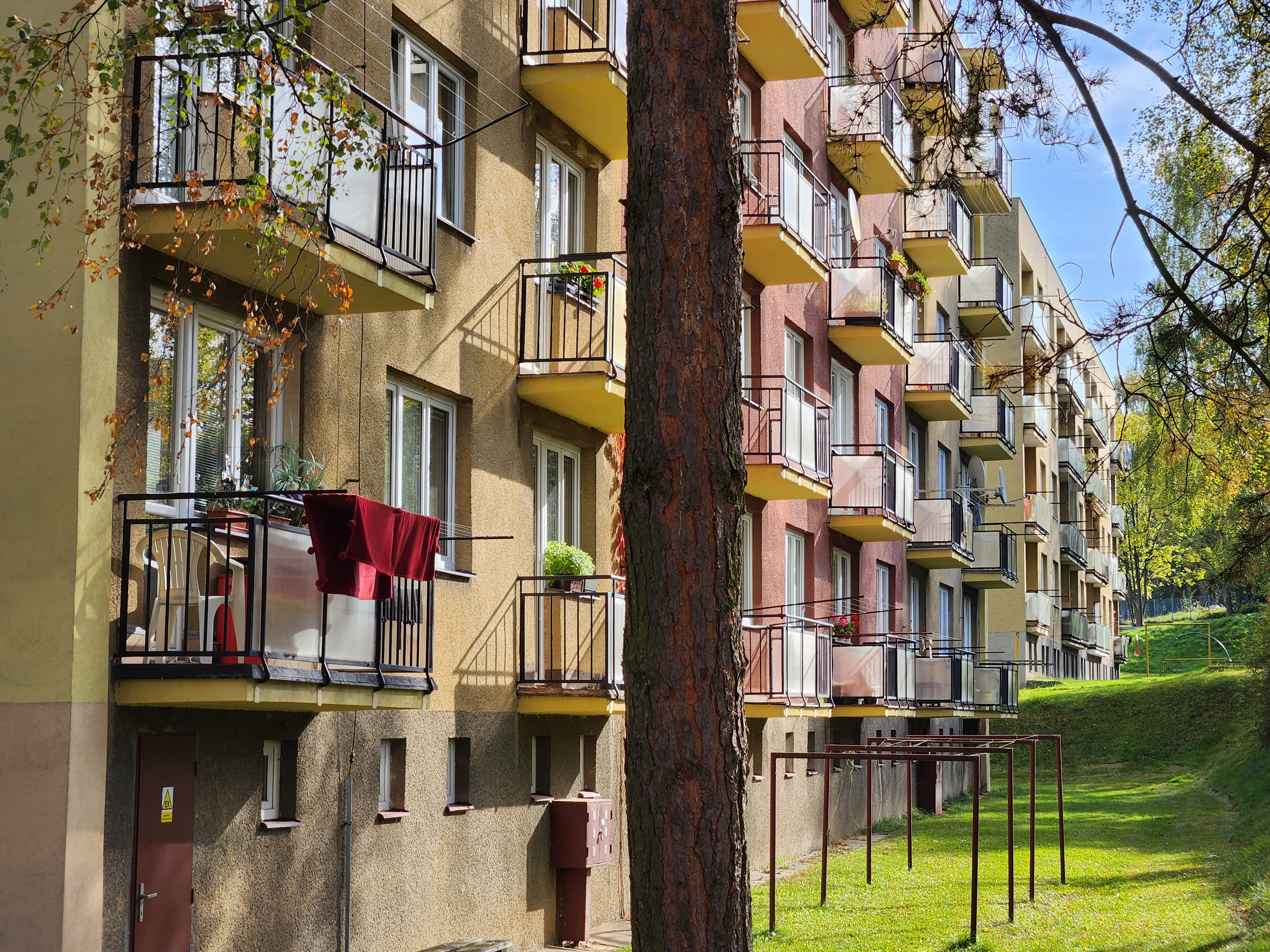





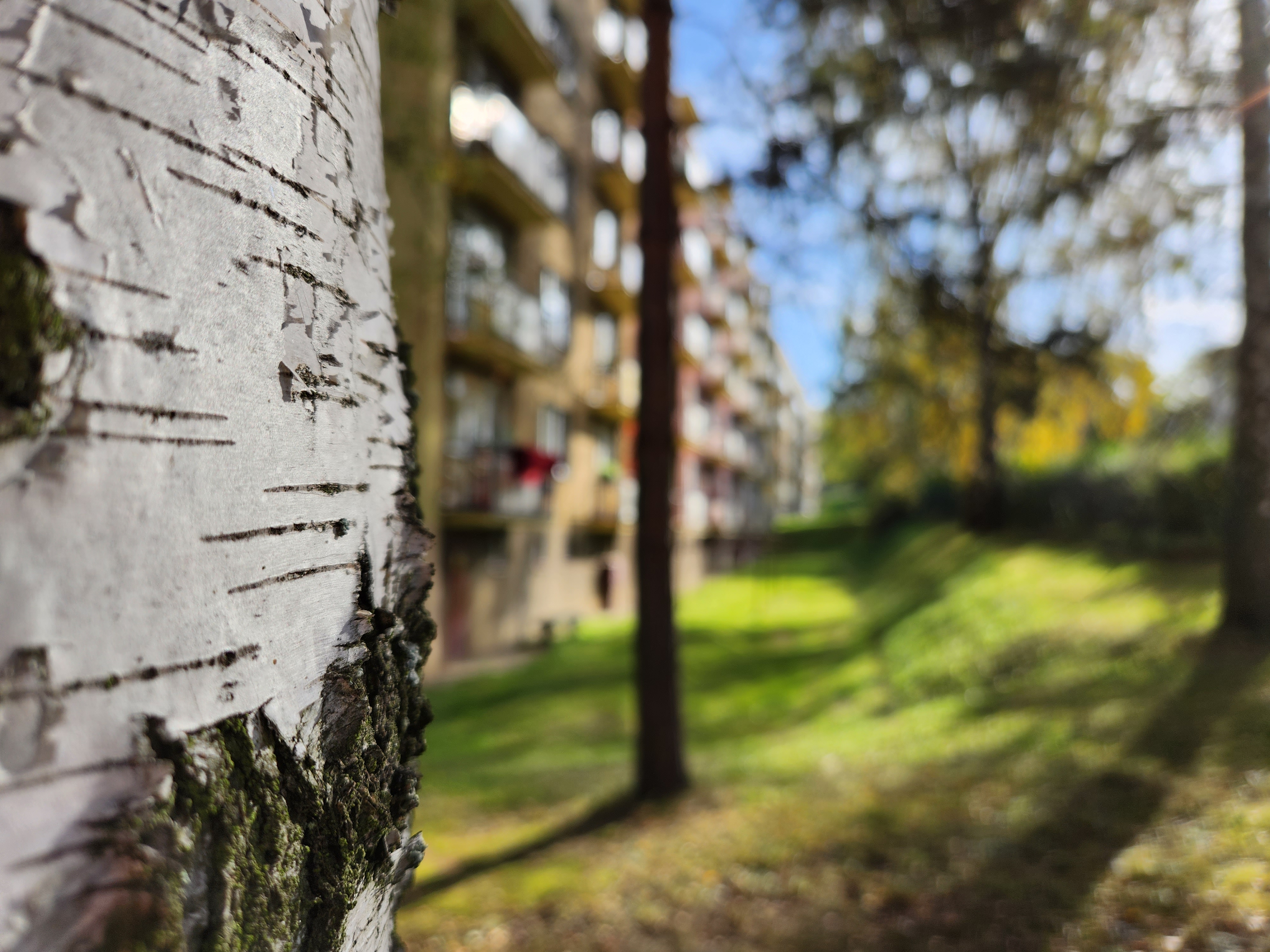
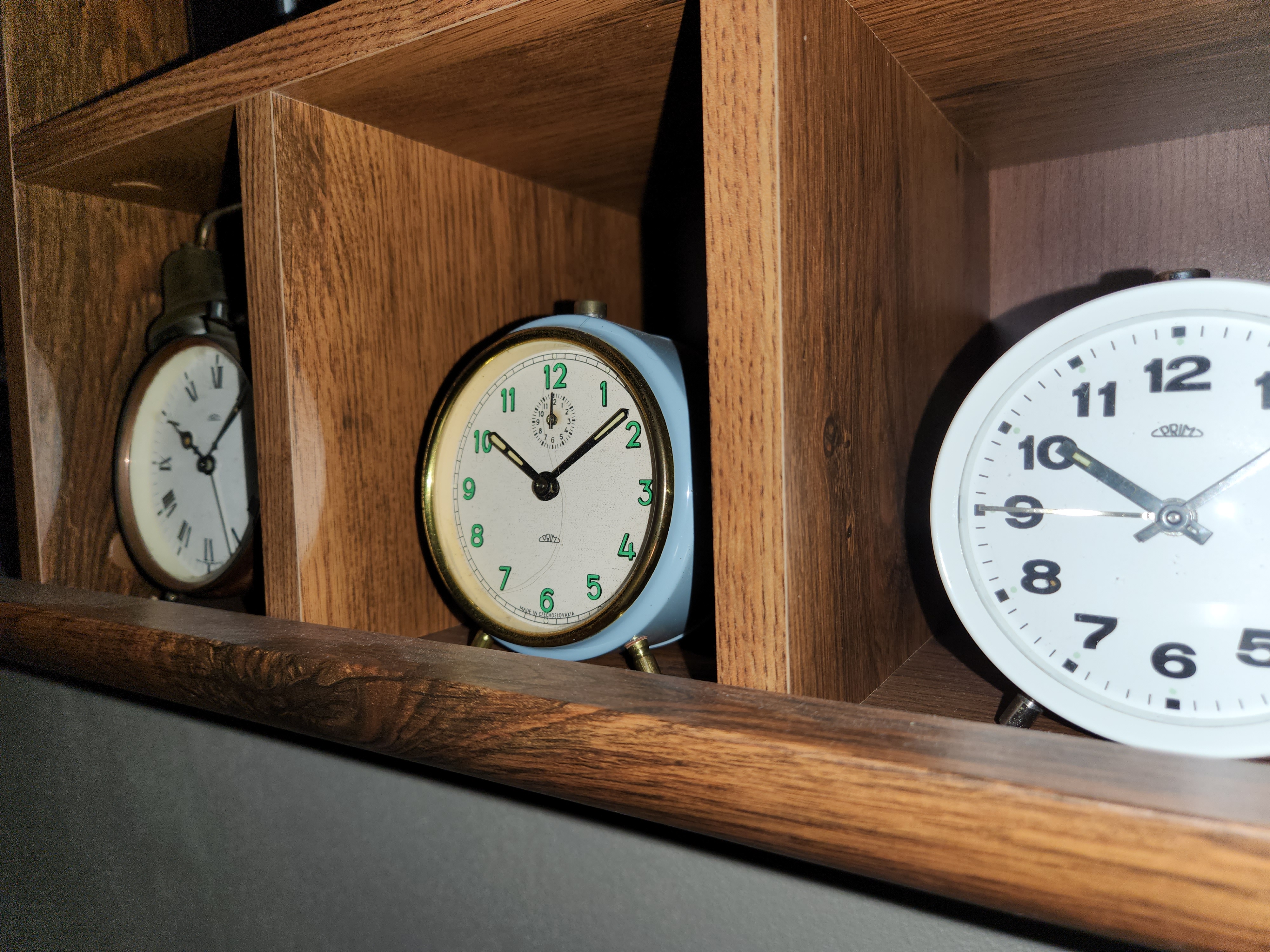








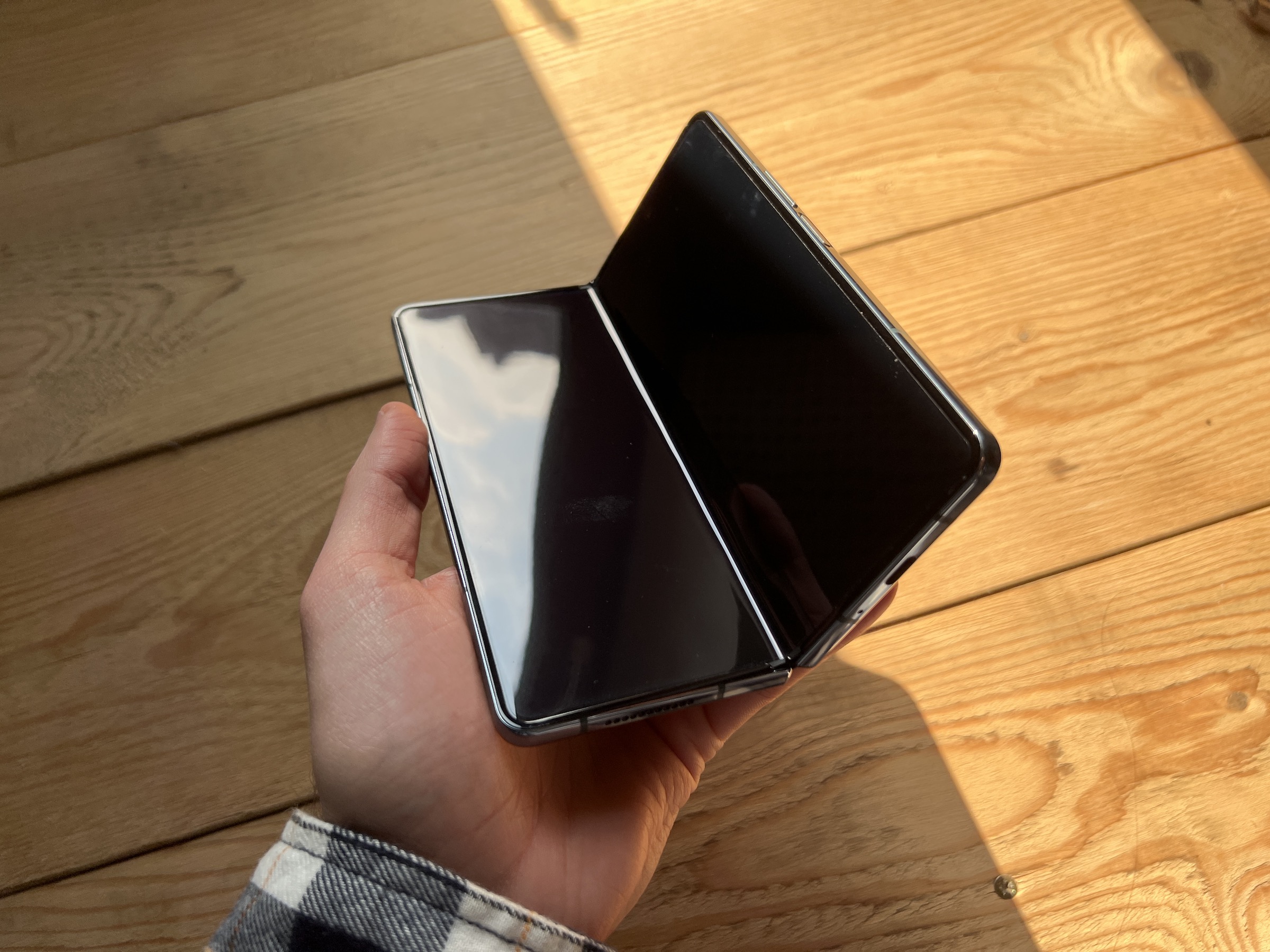
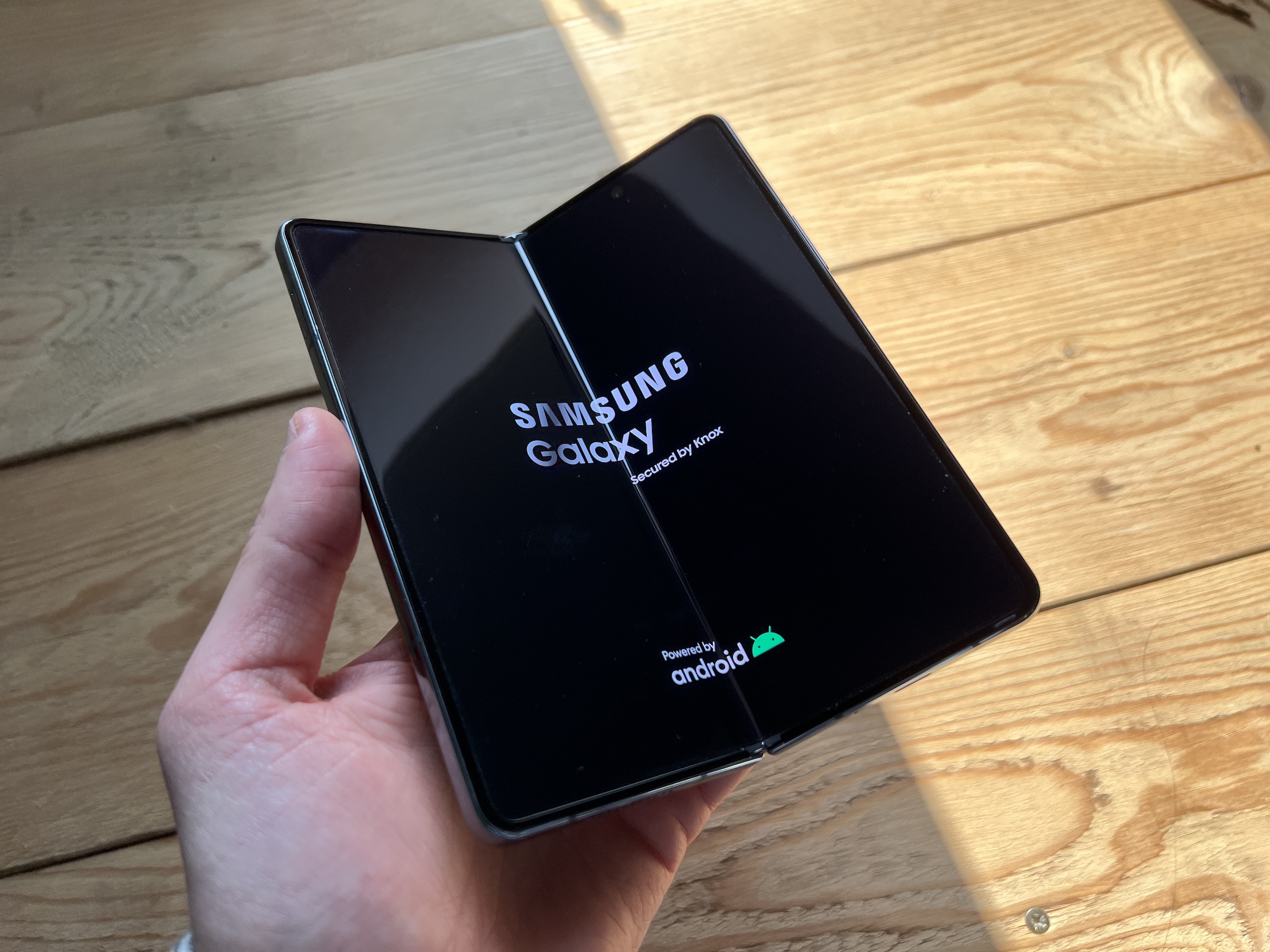
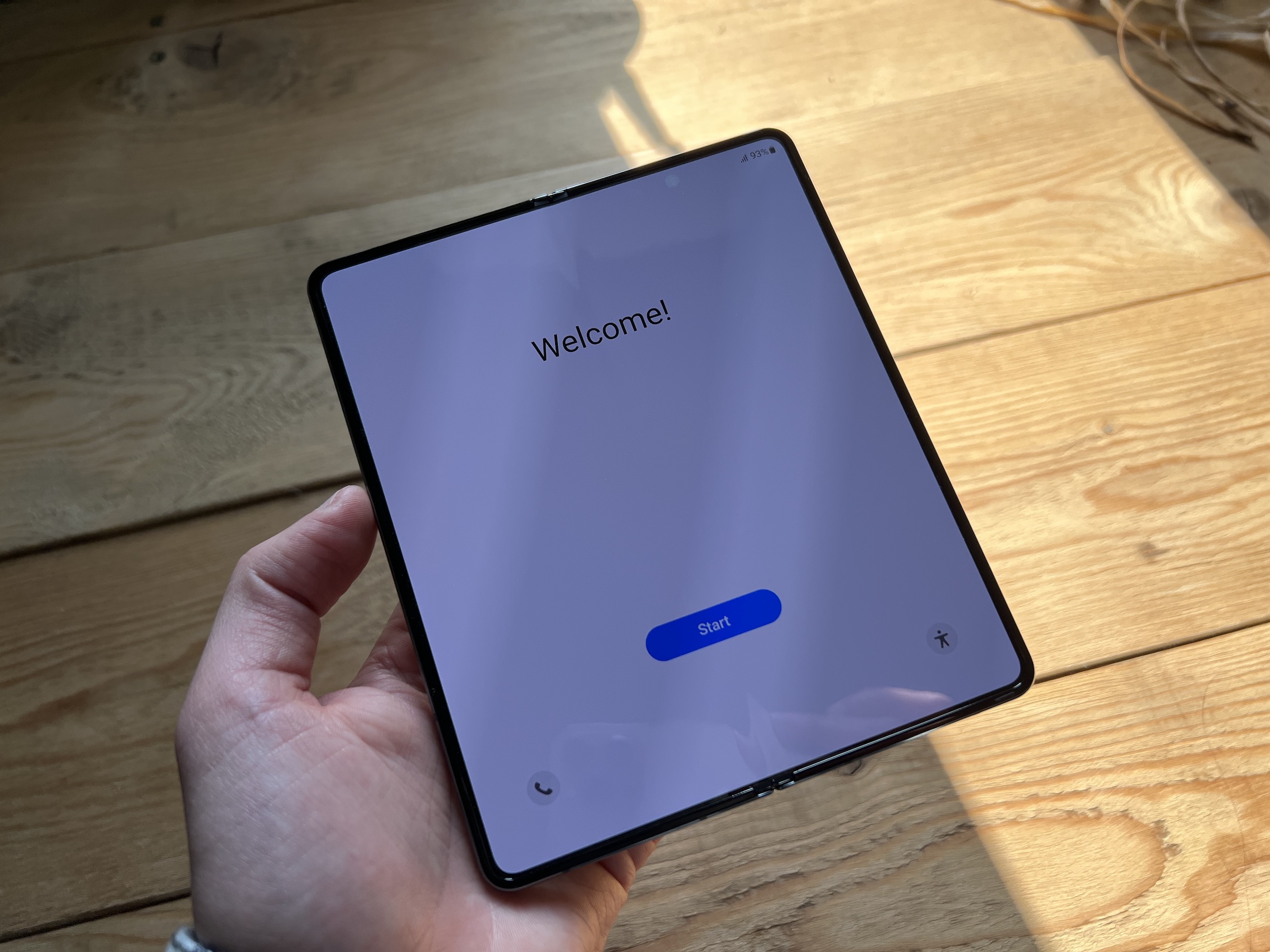
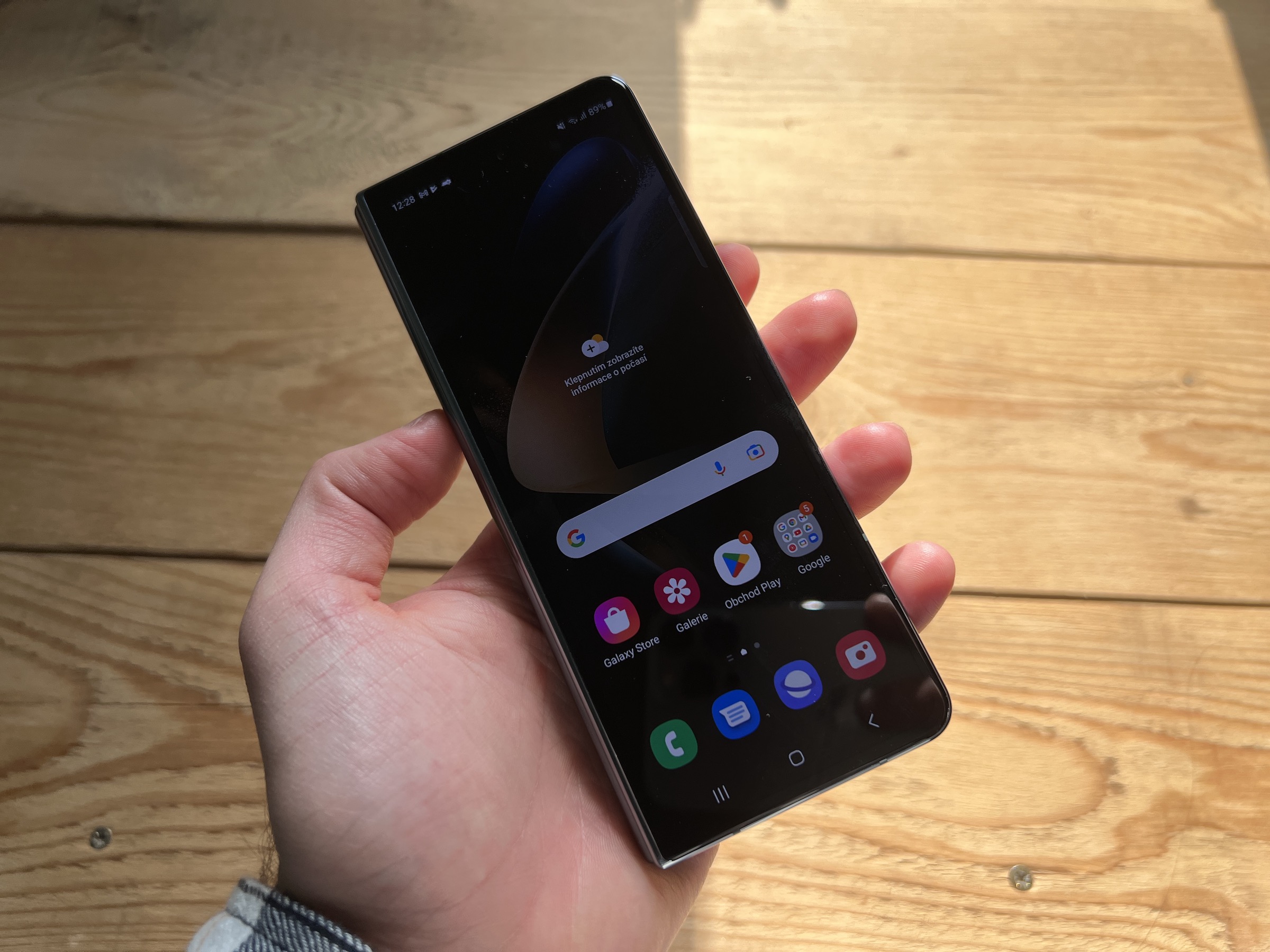

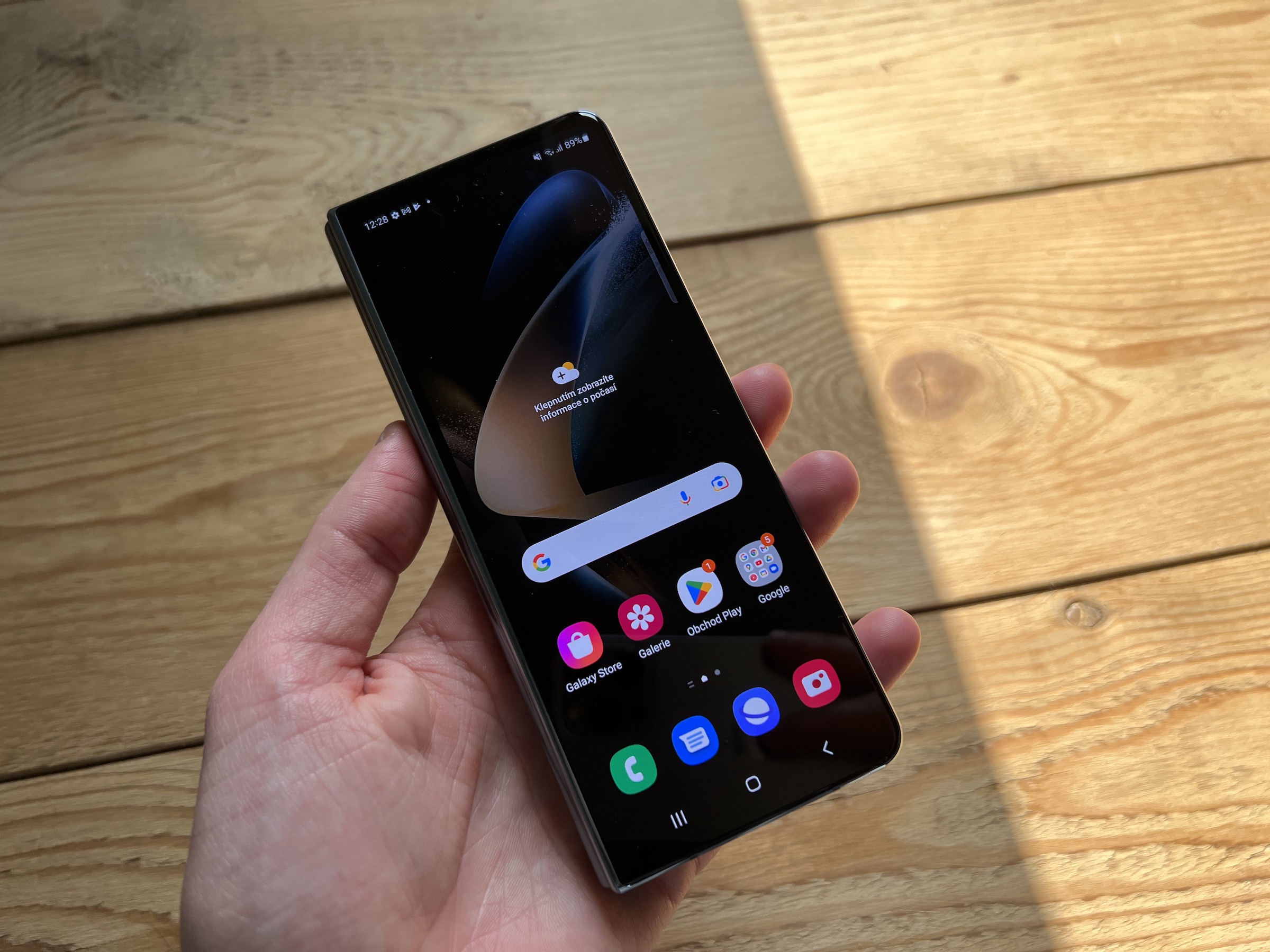
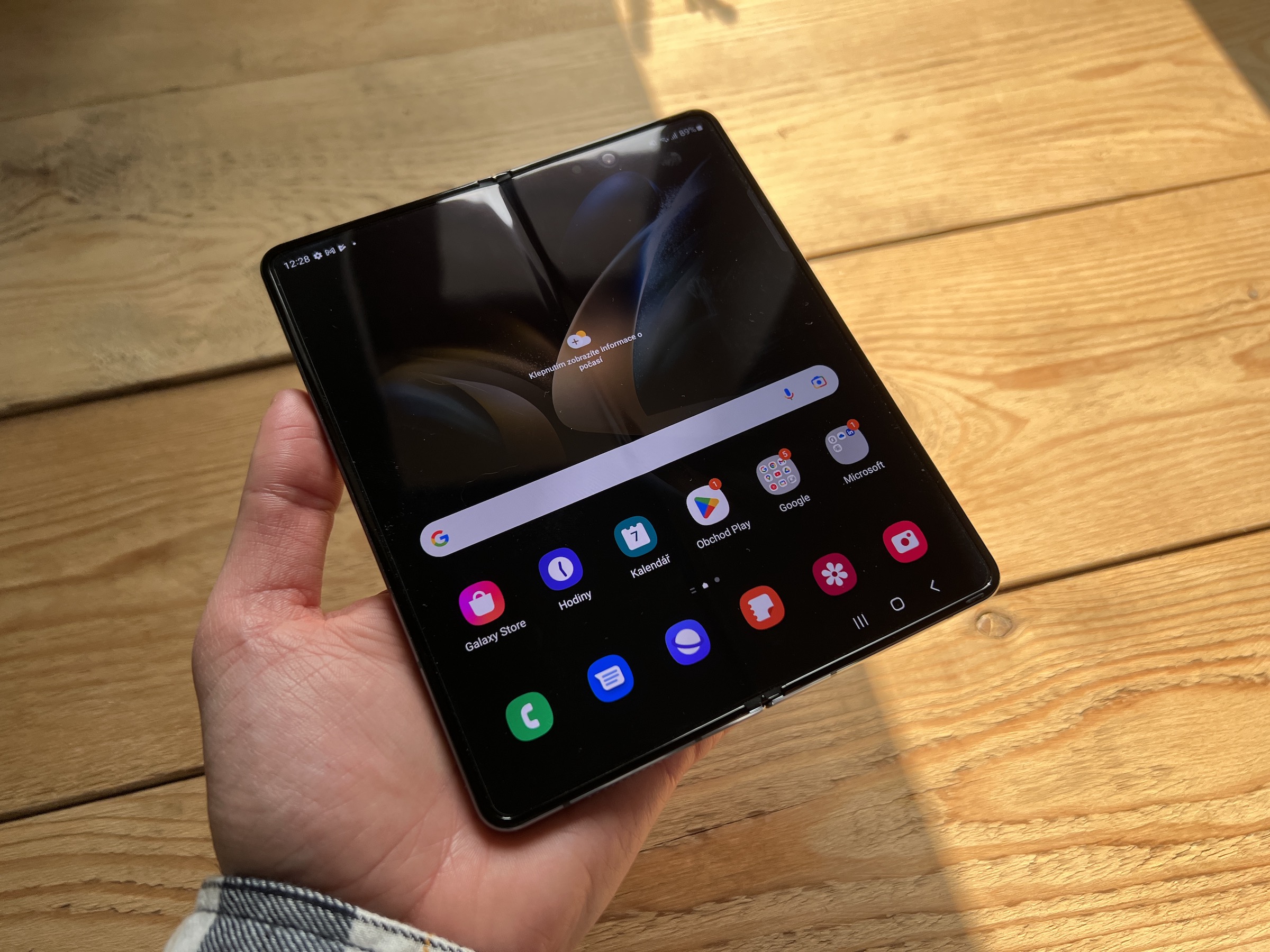

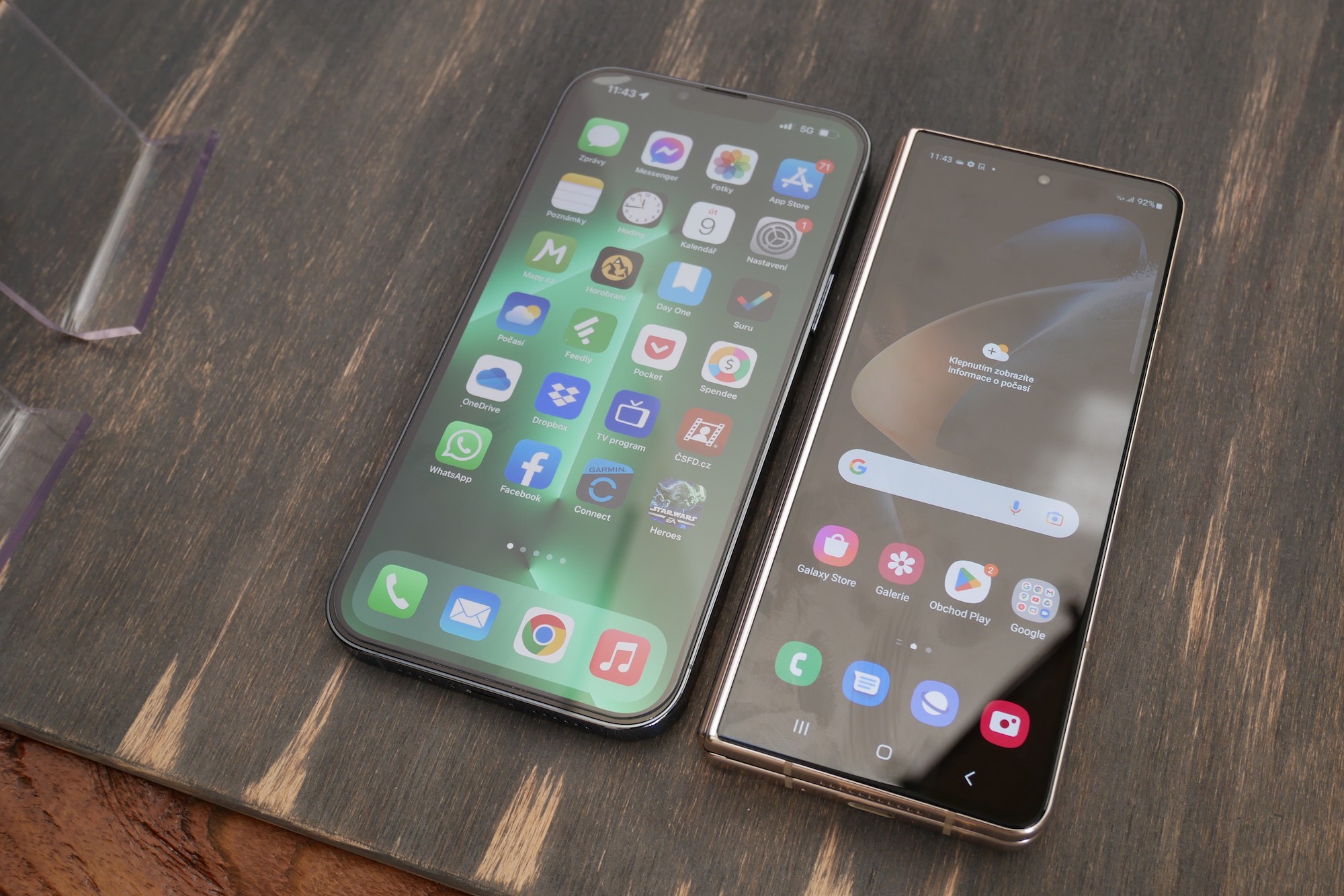
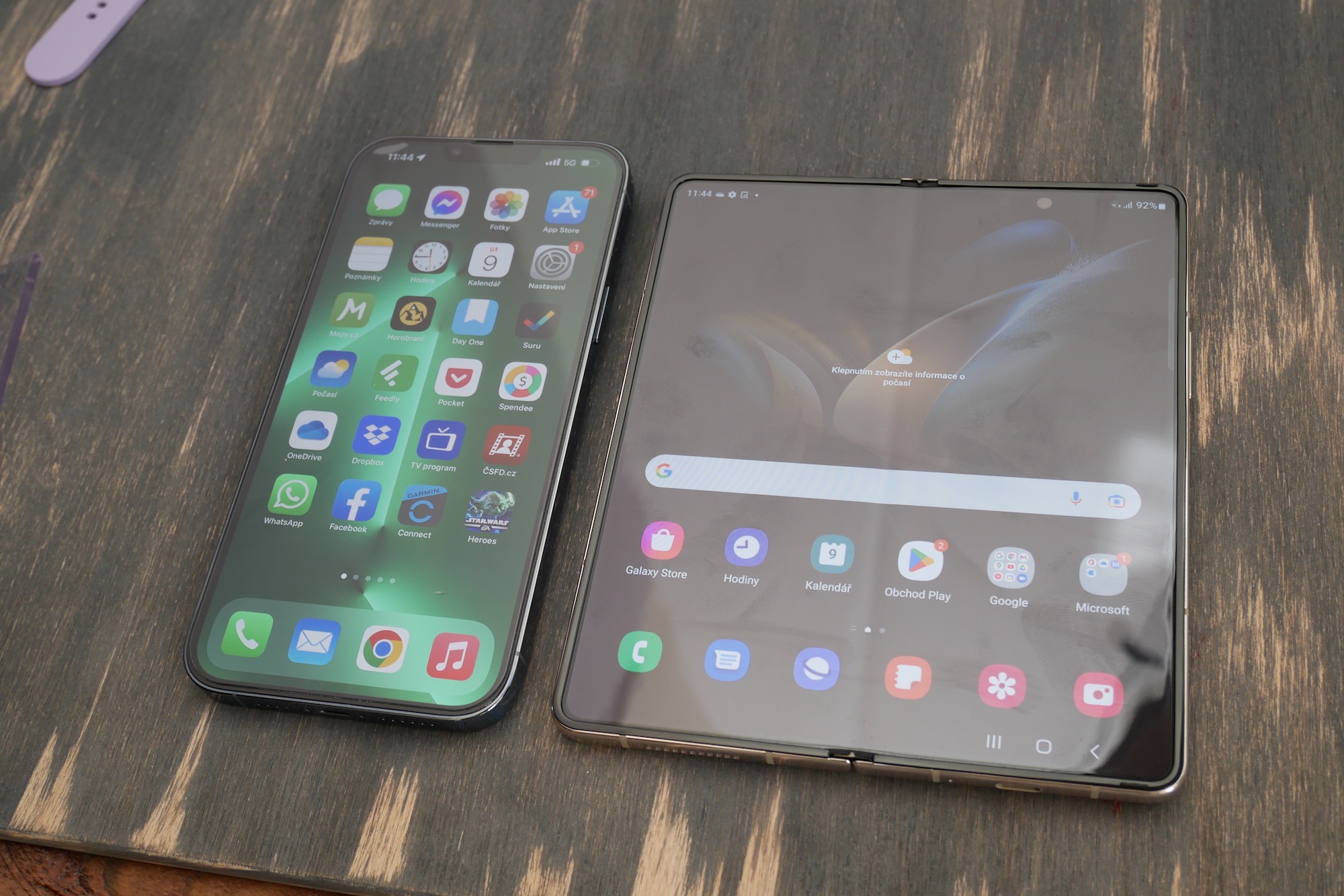
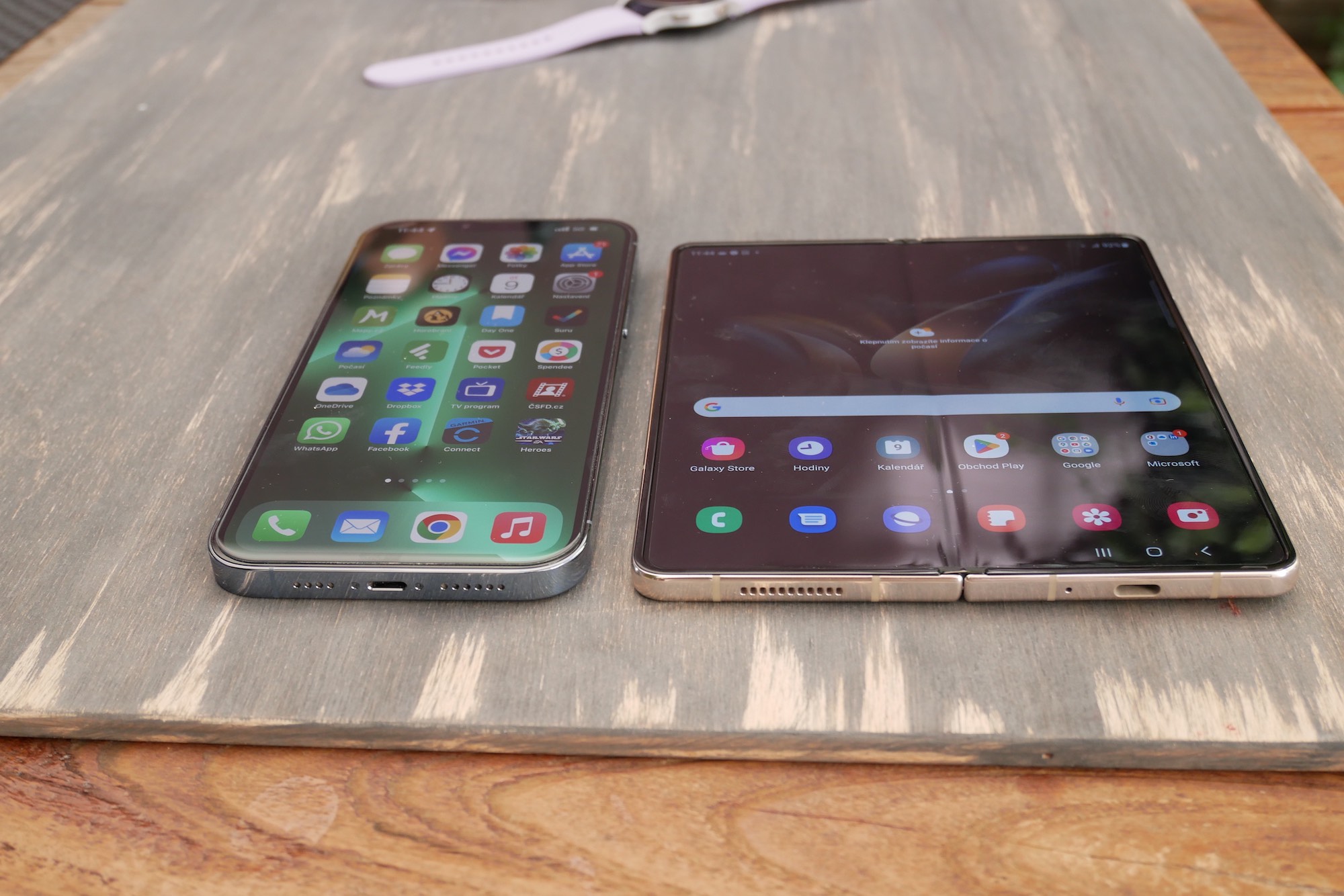
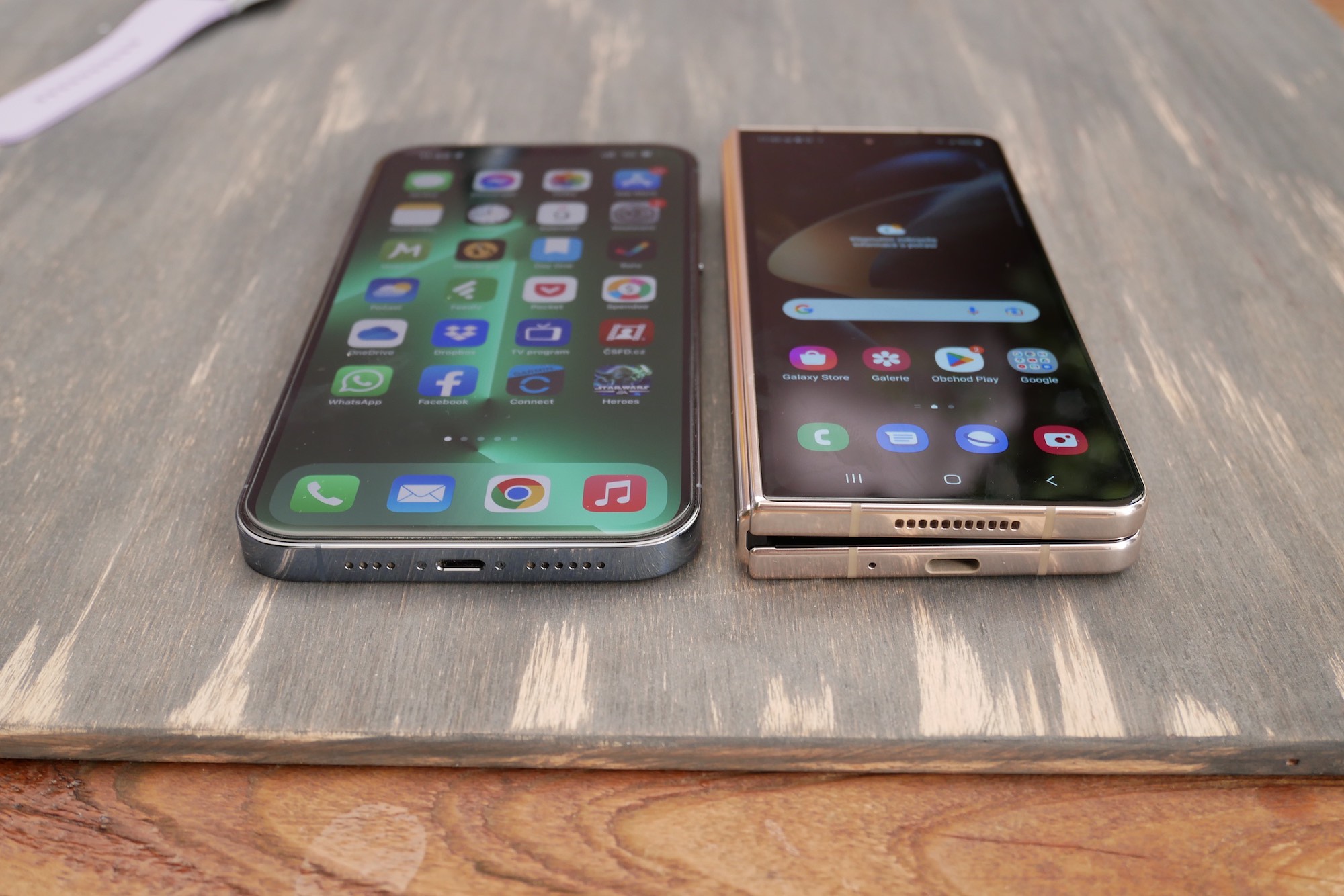
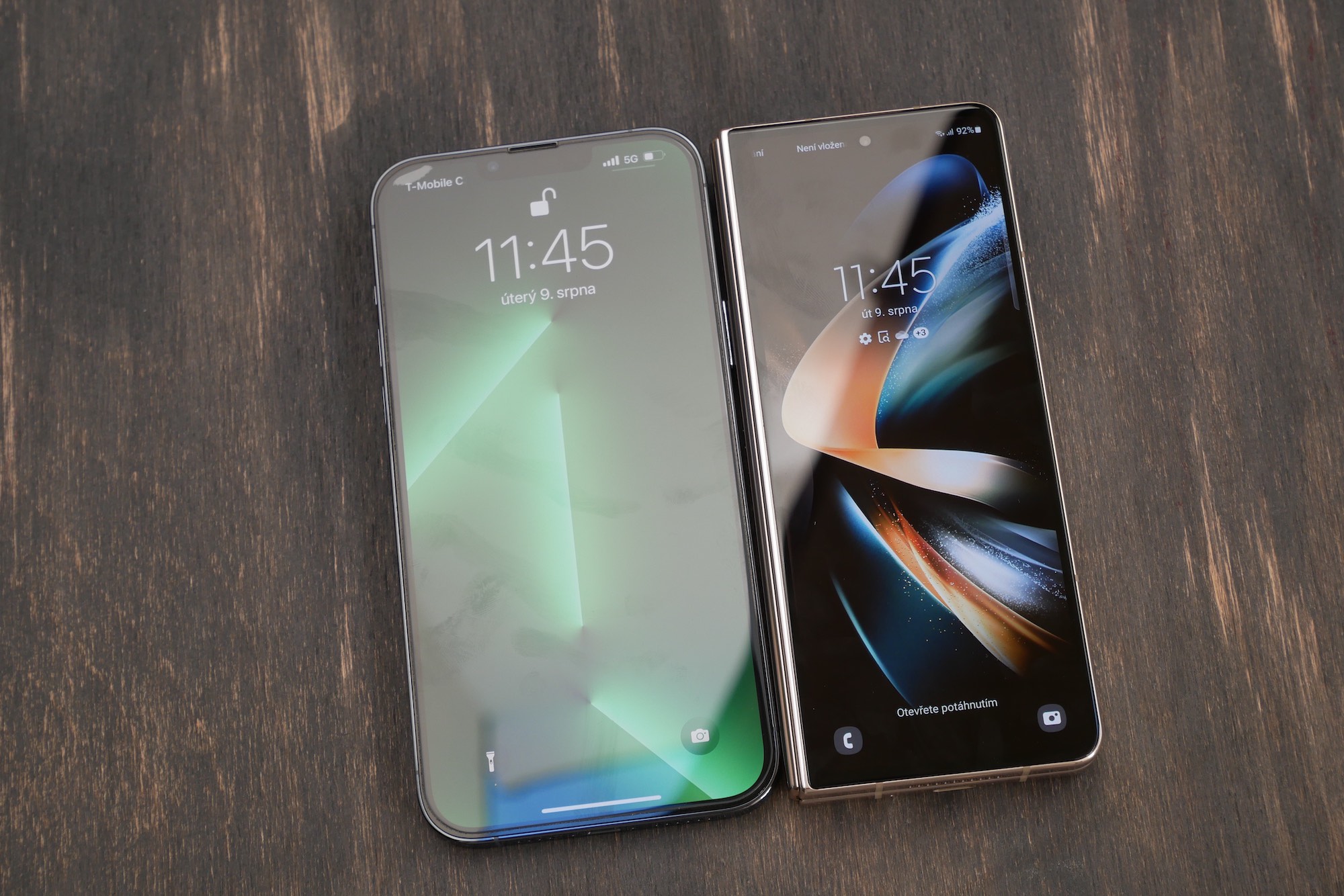


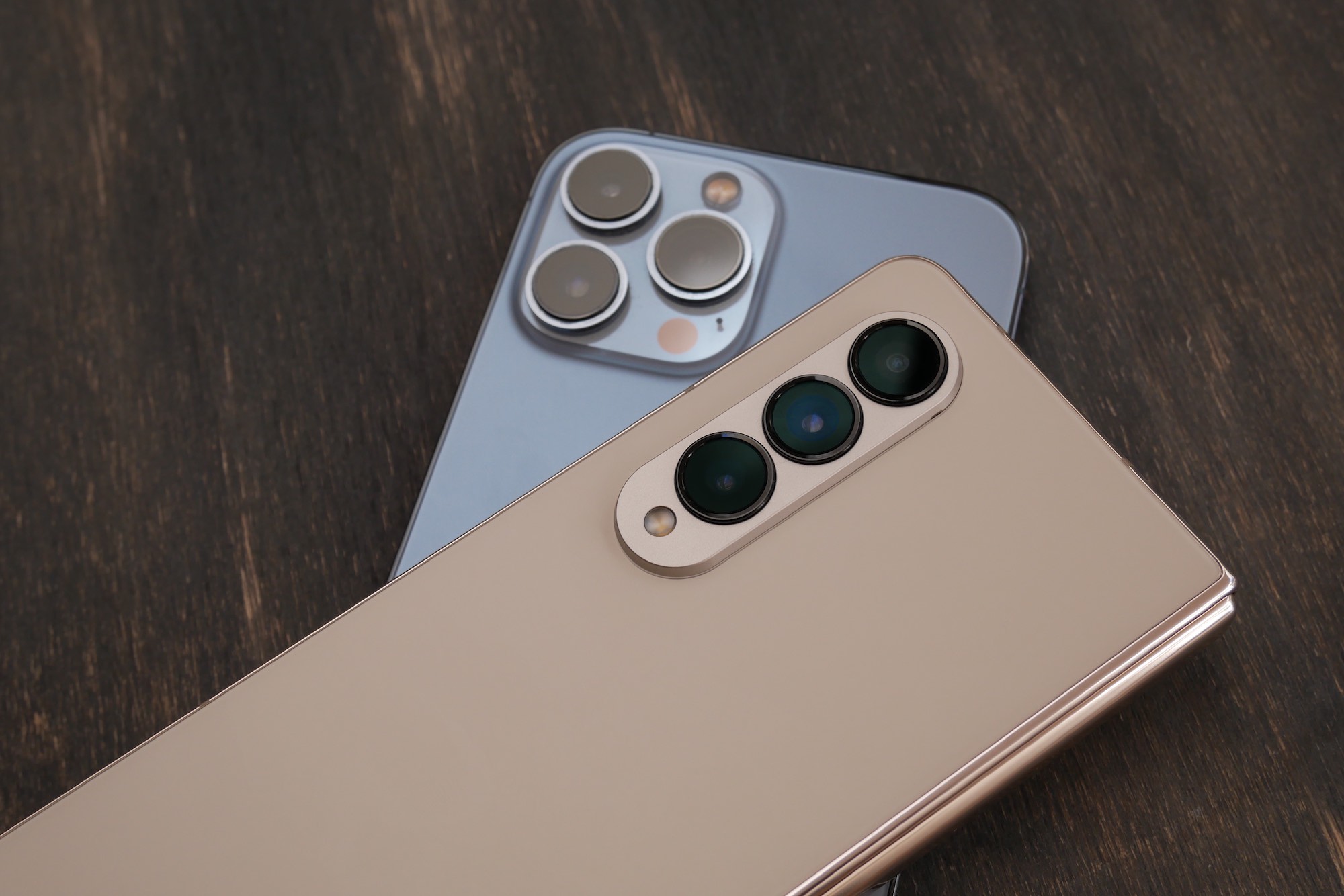
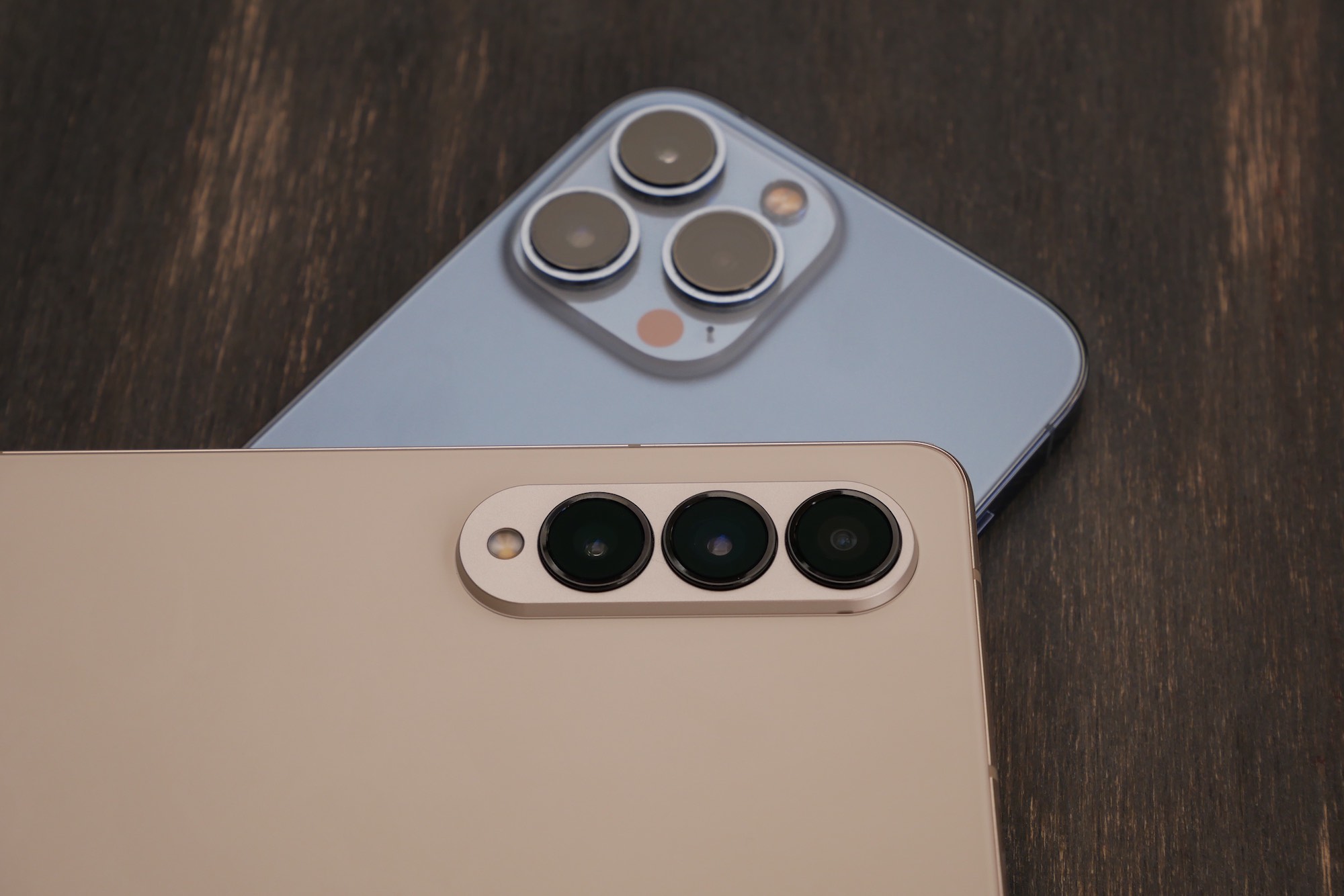
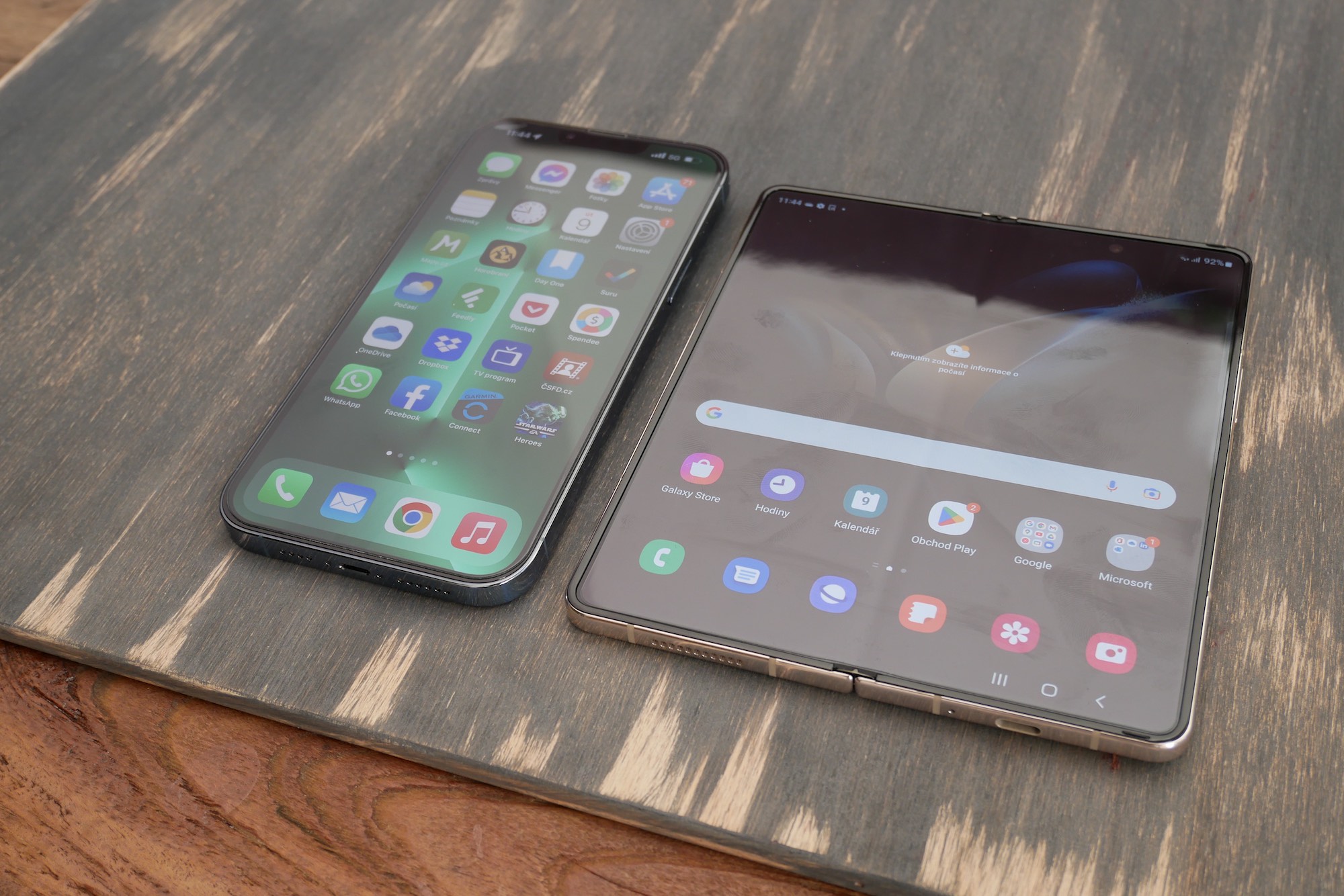
I was the owner of this flexible piece of crap from Samsung and the experience with that company, its sleazy service and approach to customers drove me into Apple's arms, I now have a 13 pro max and I would never buy that flexible scumbag again in my life.